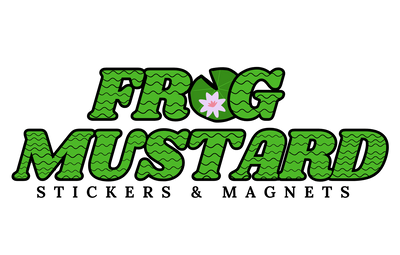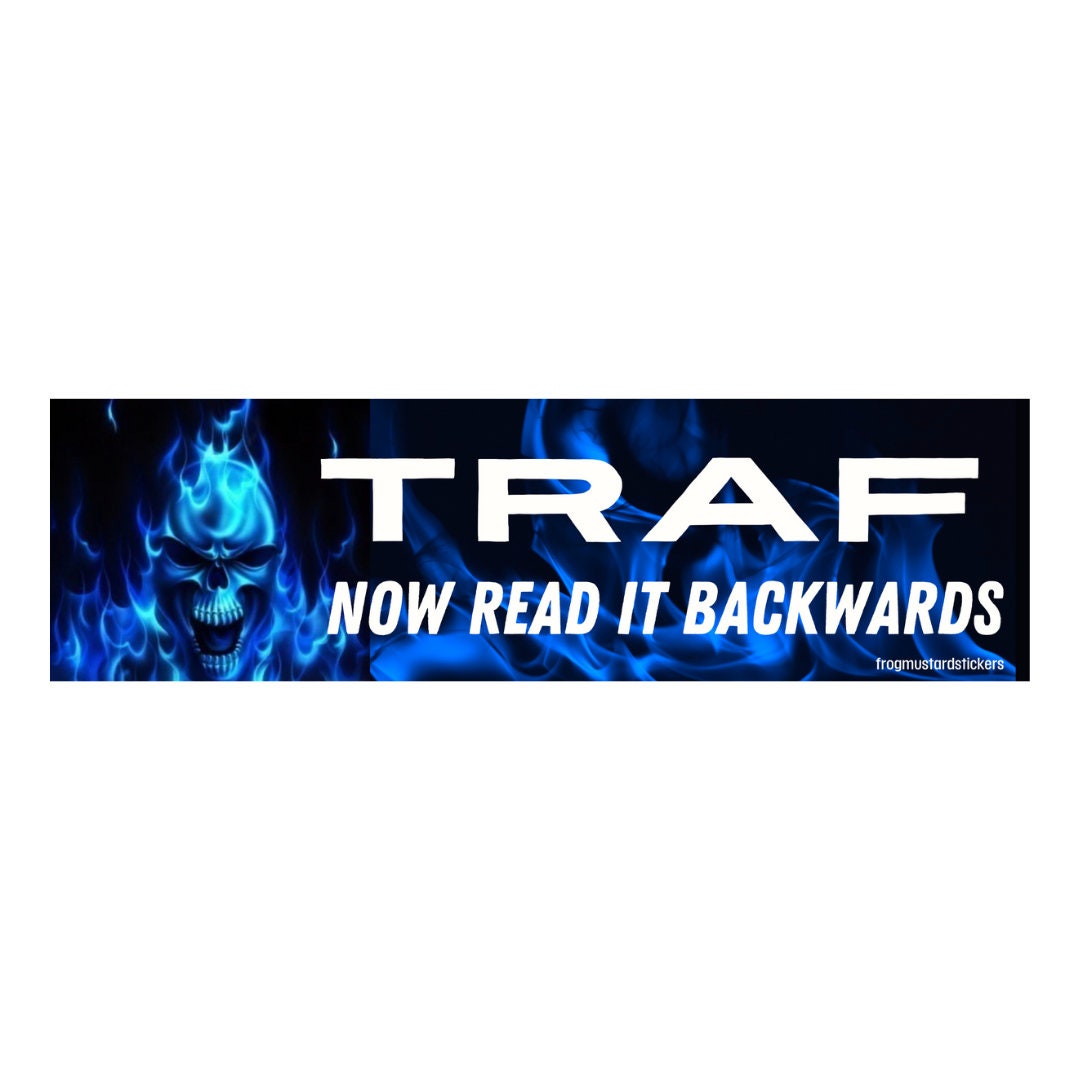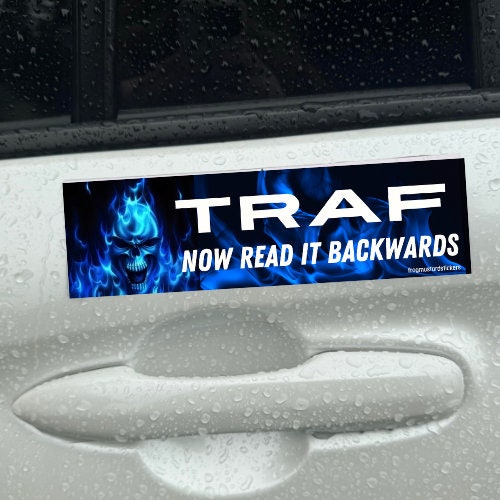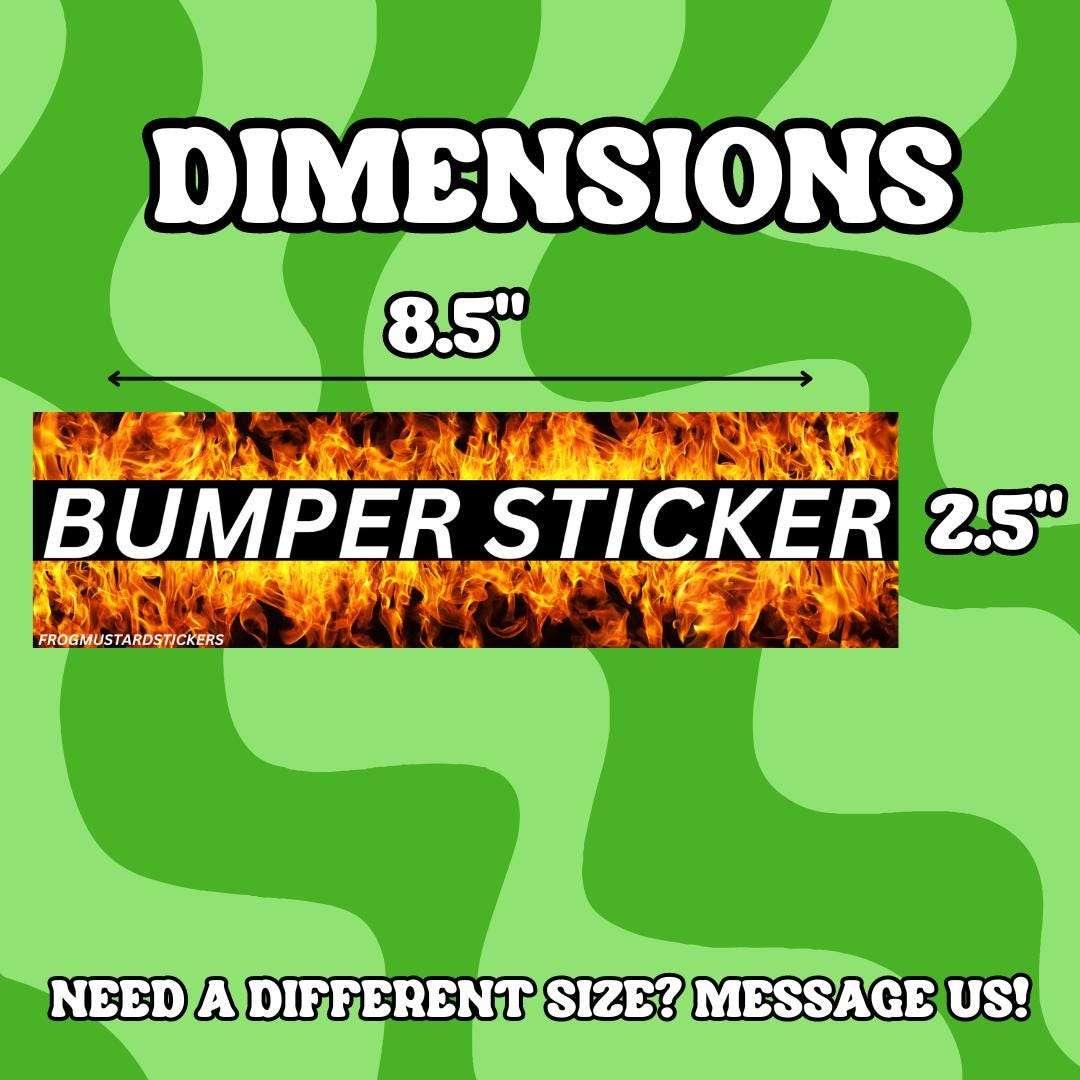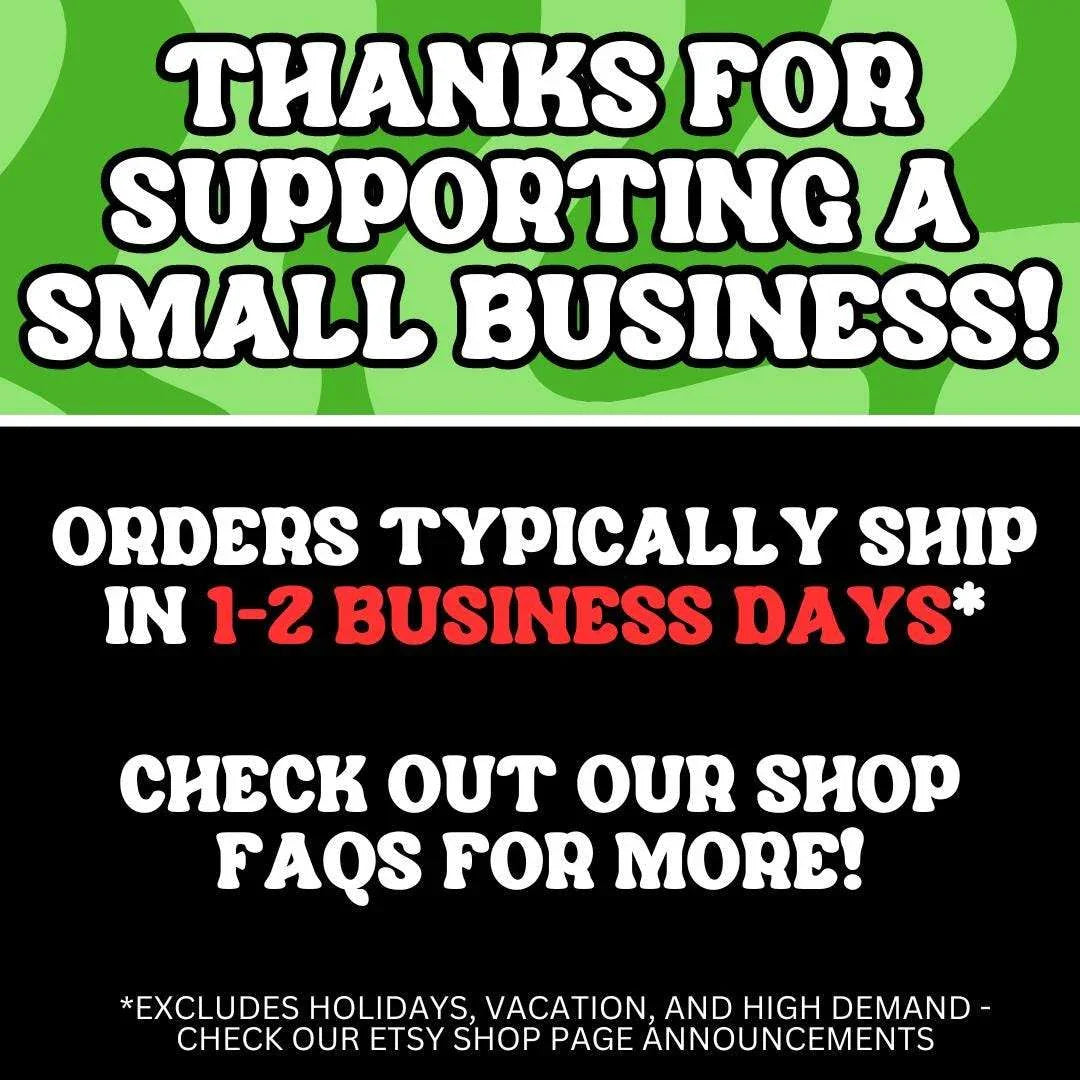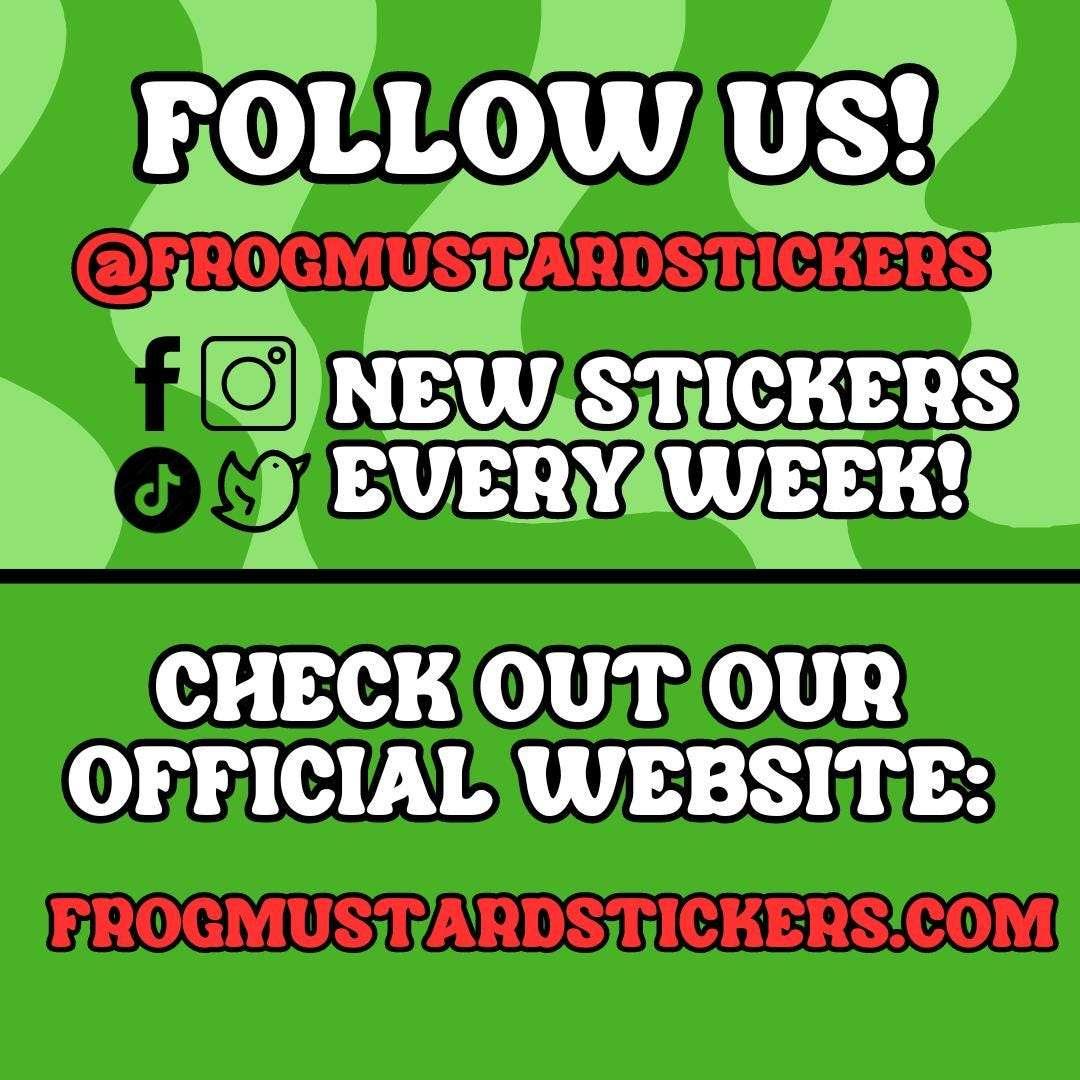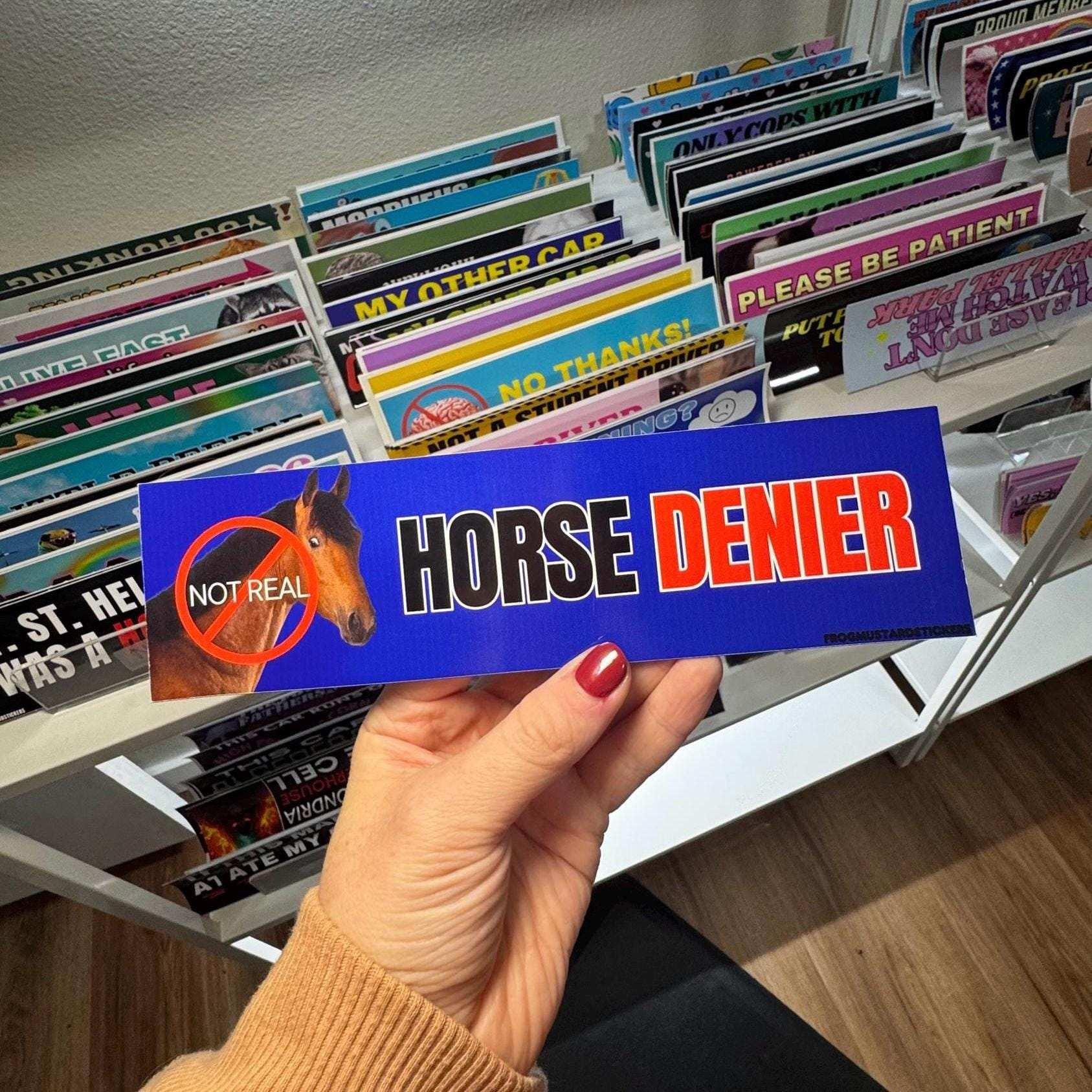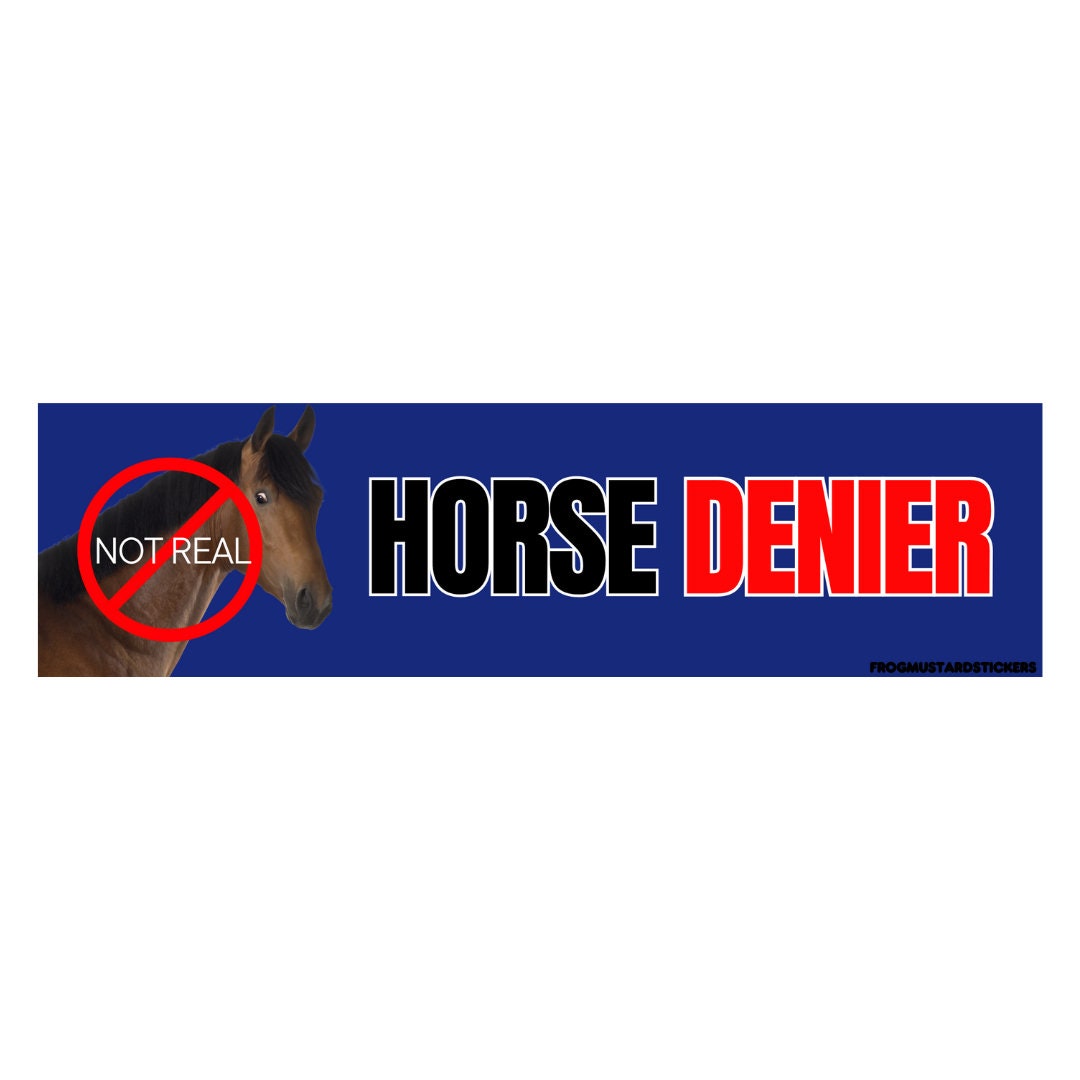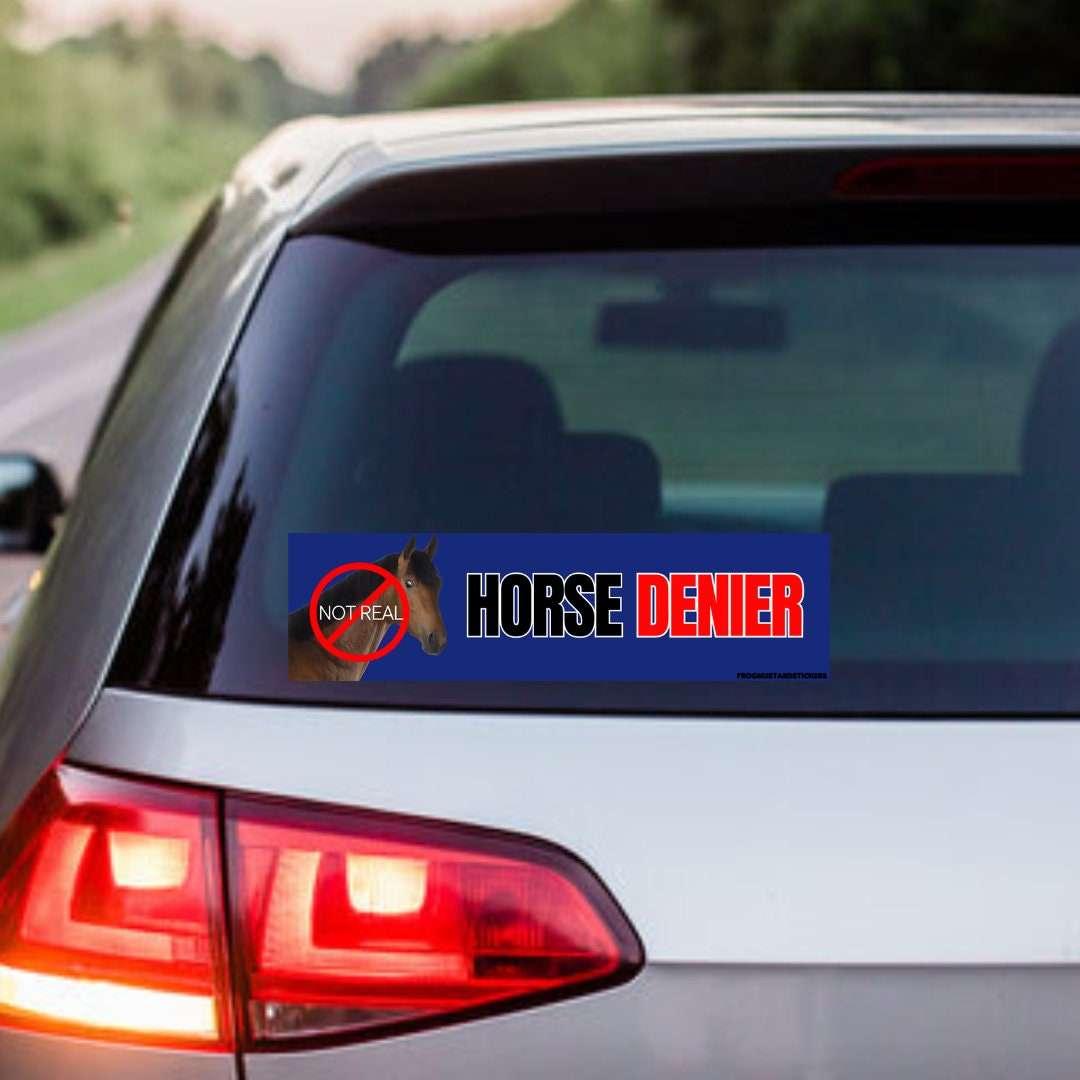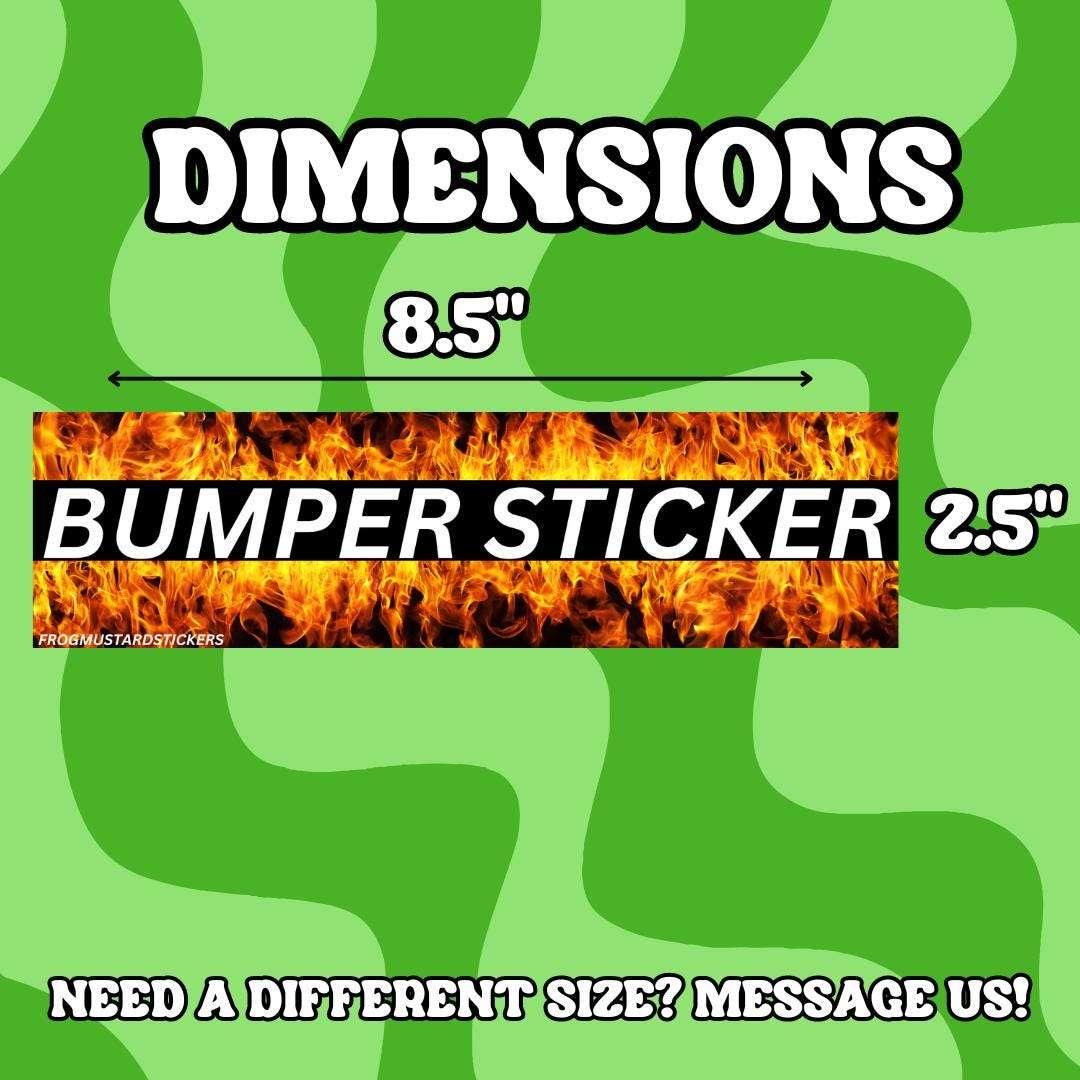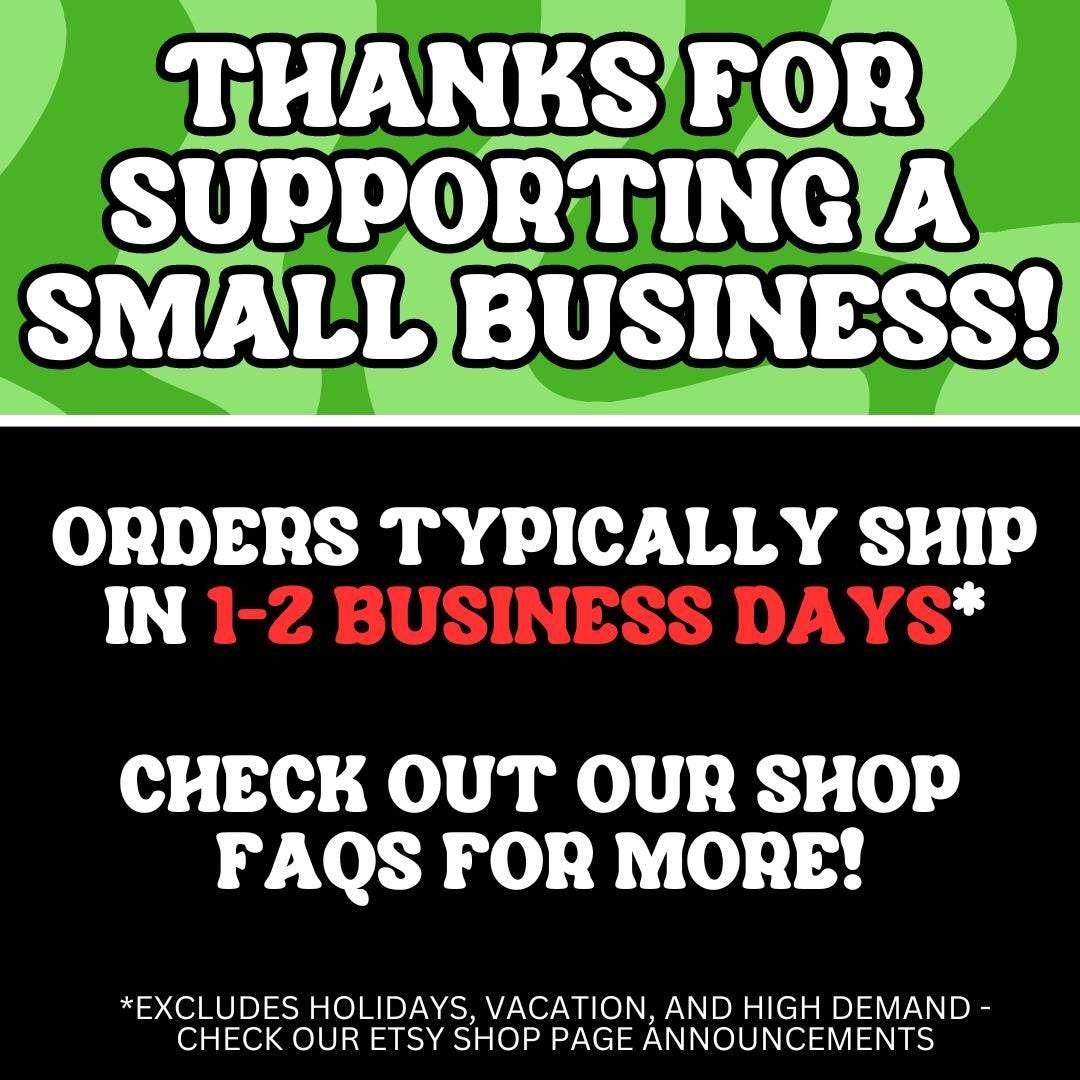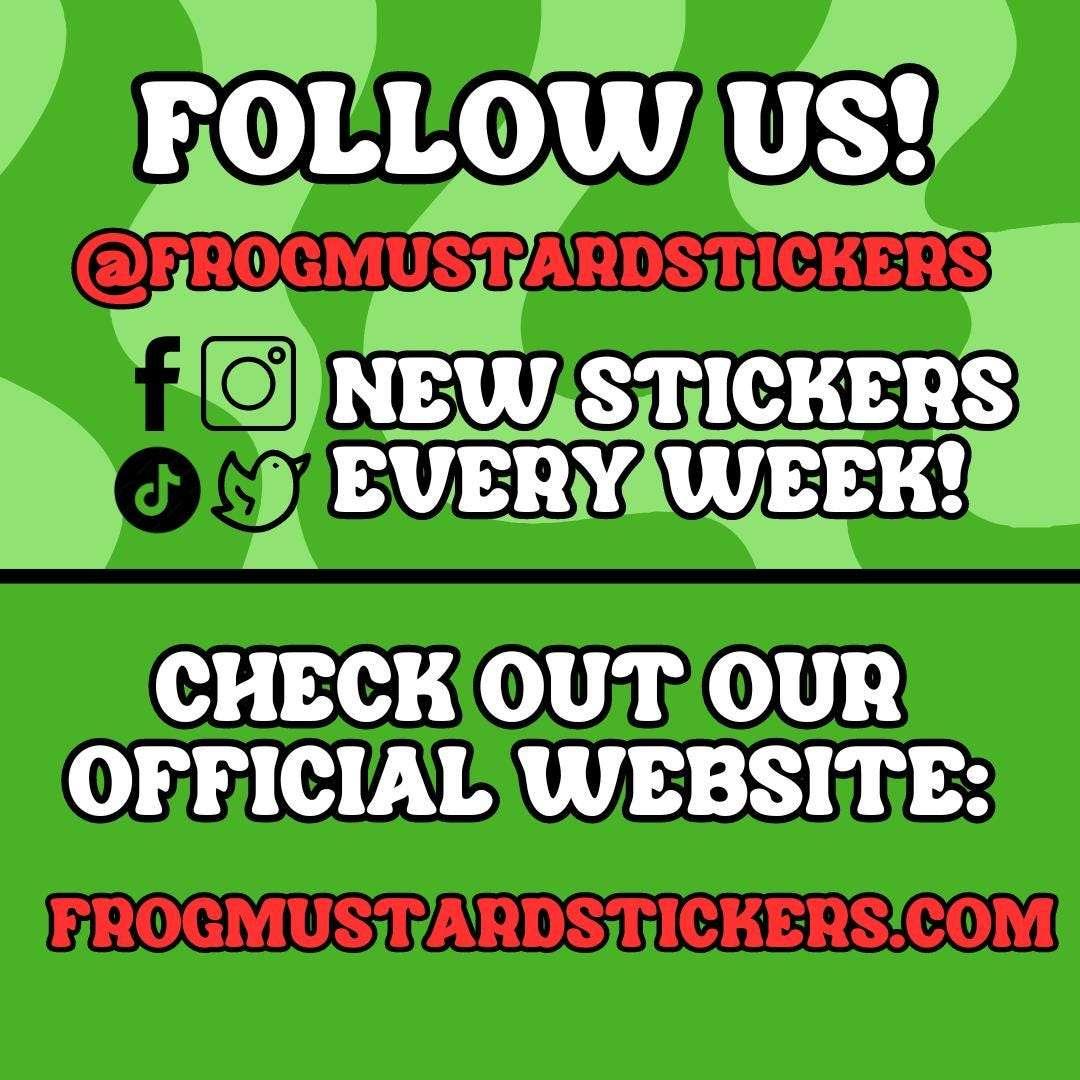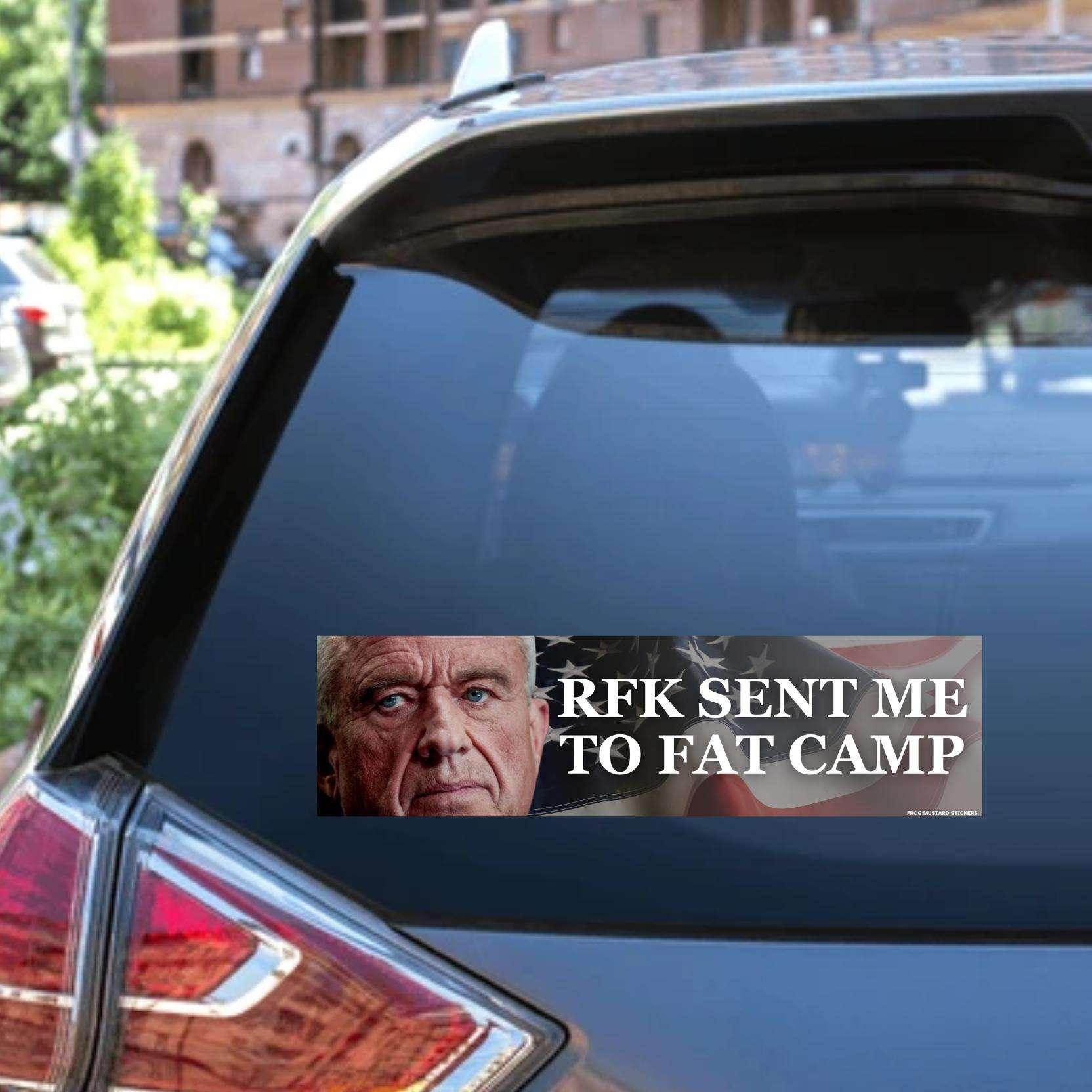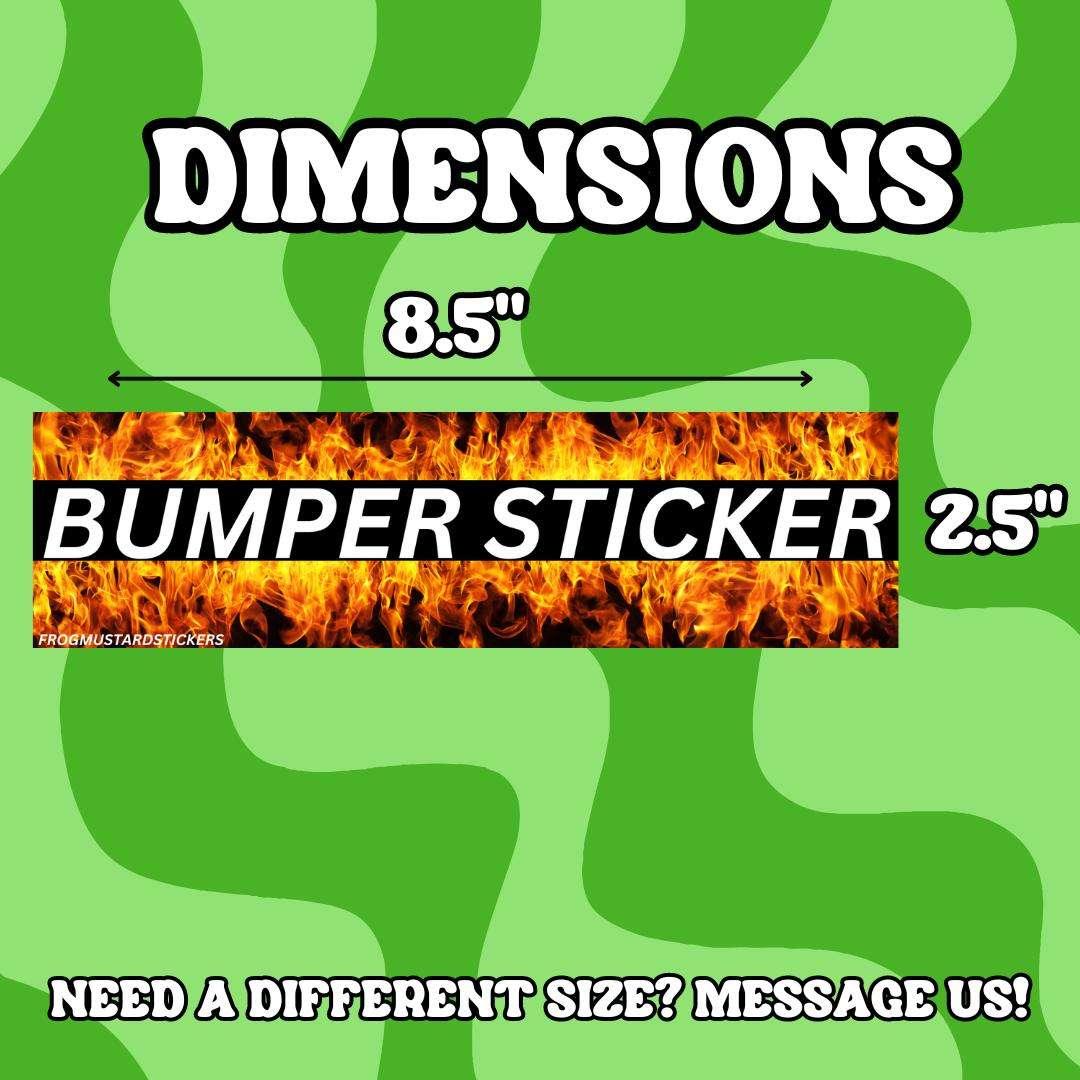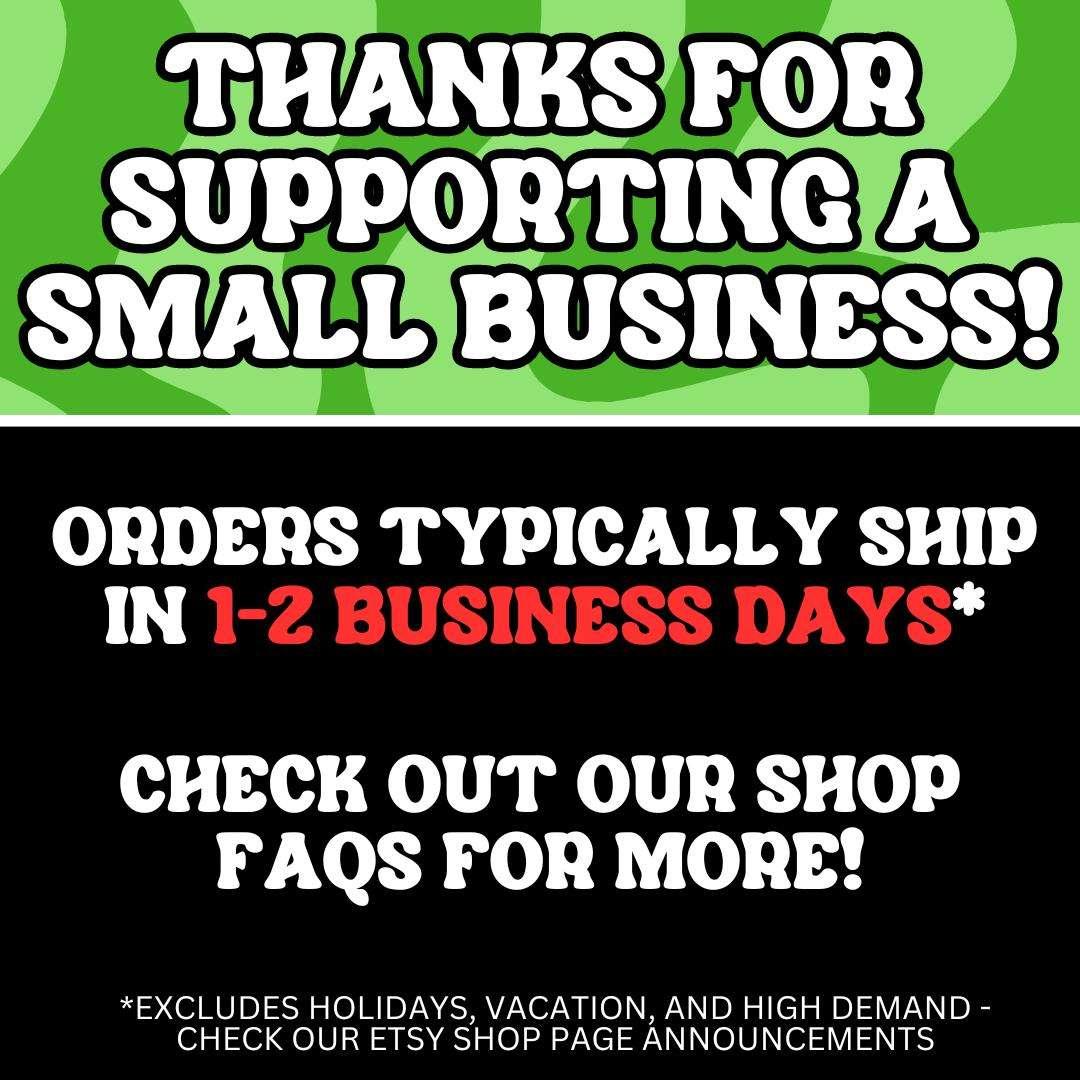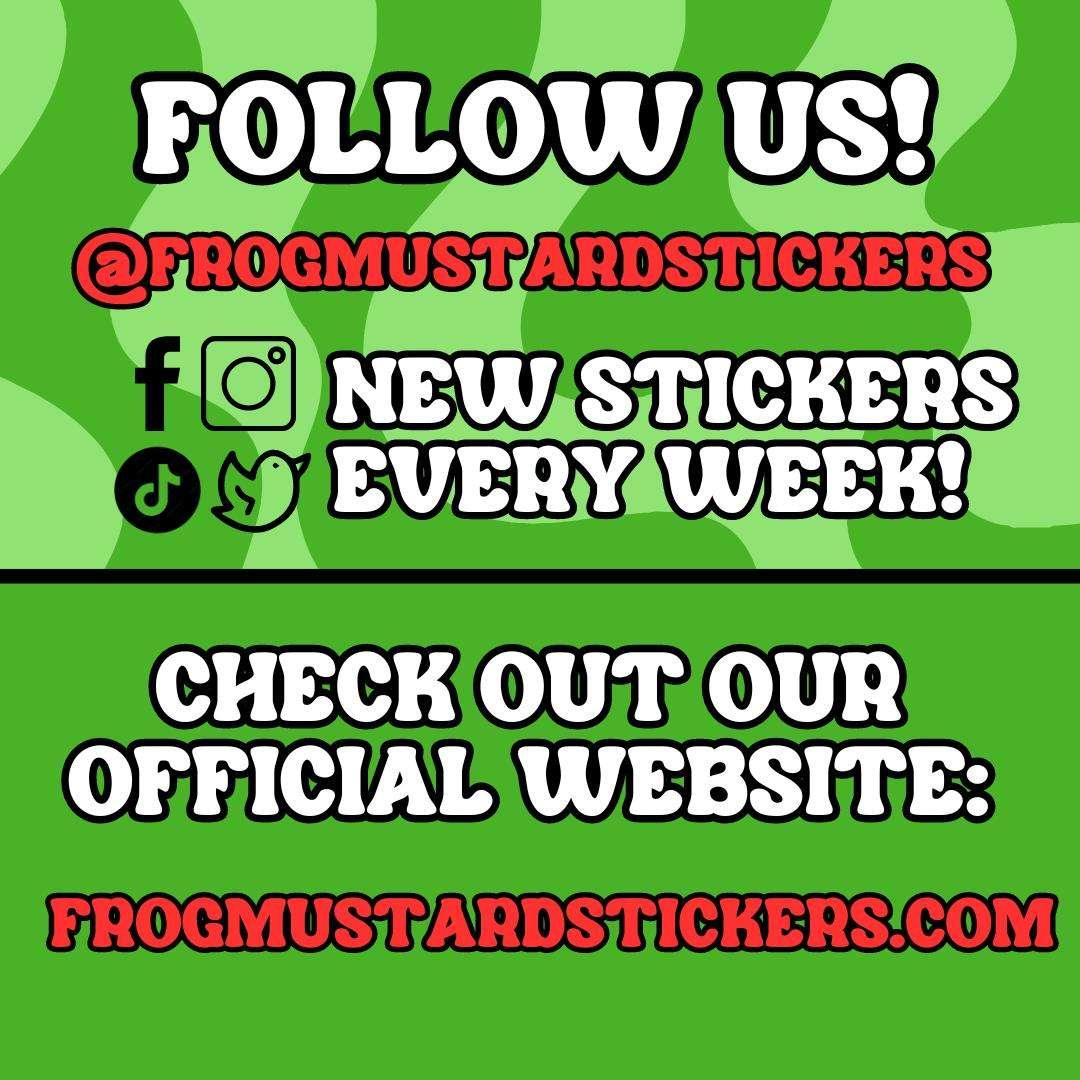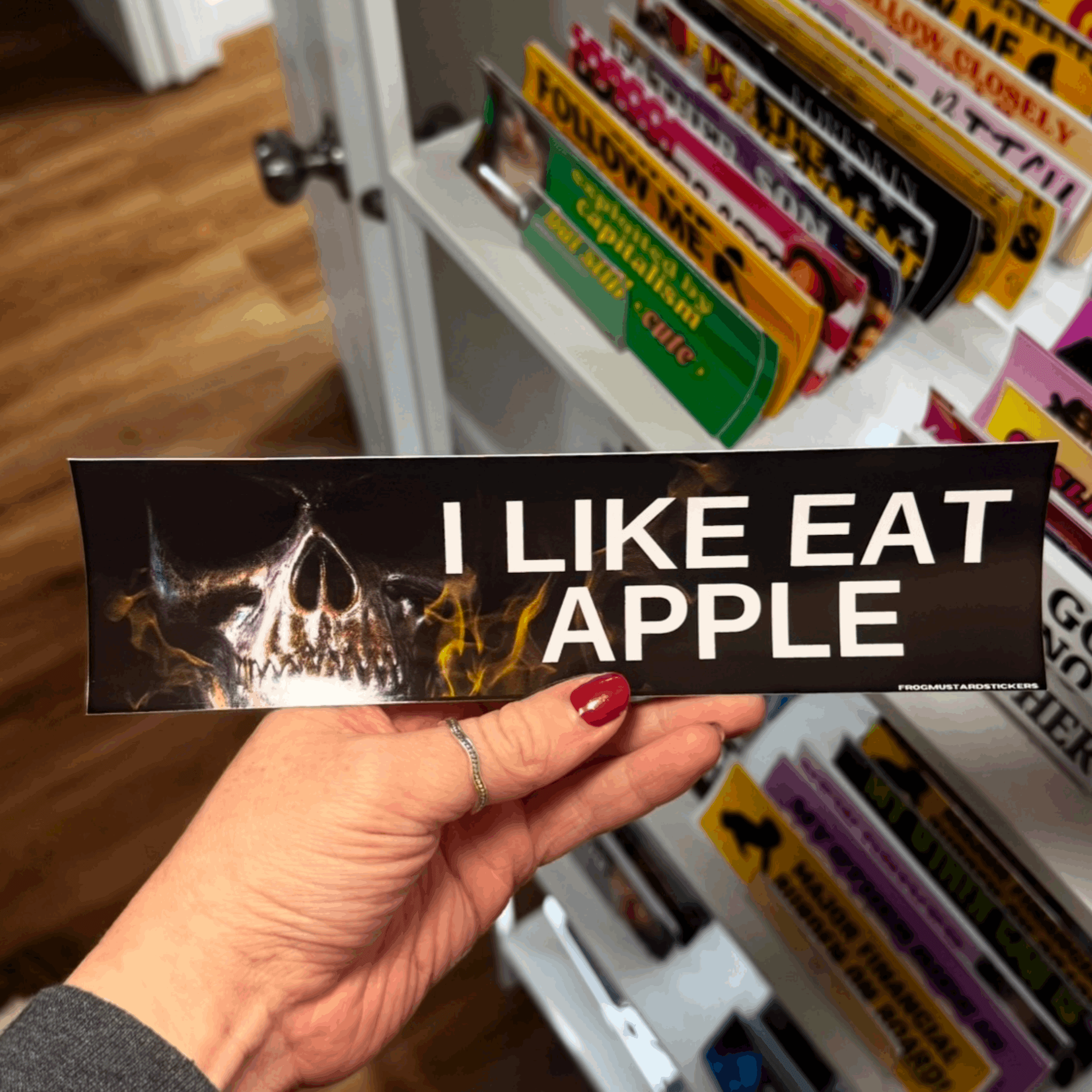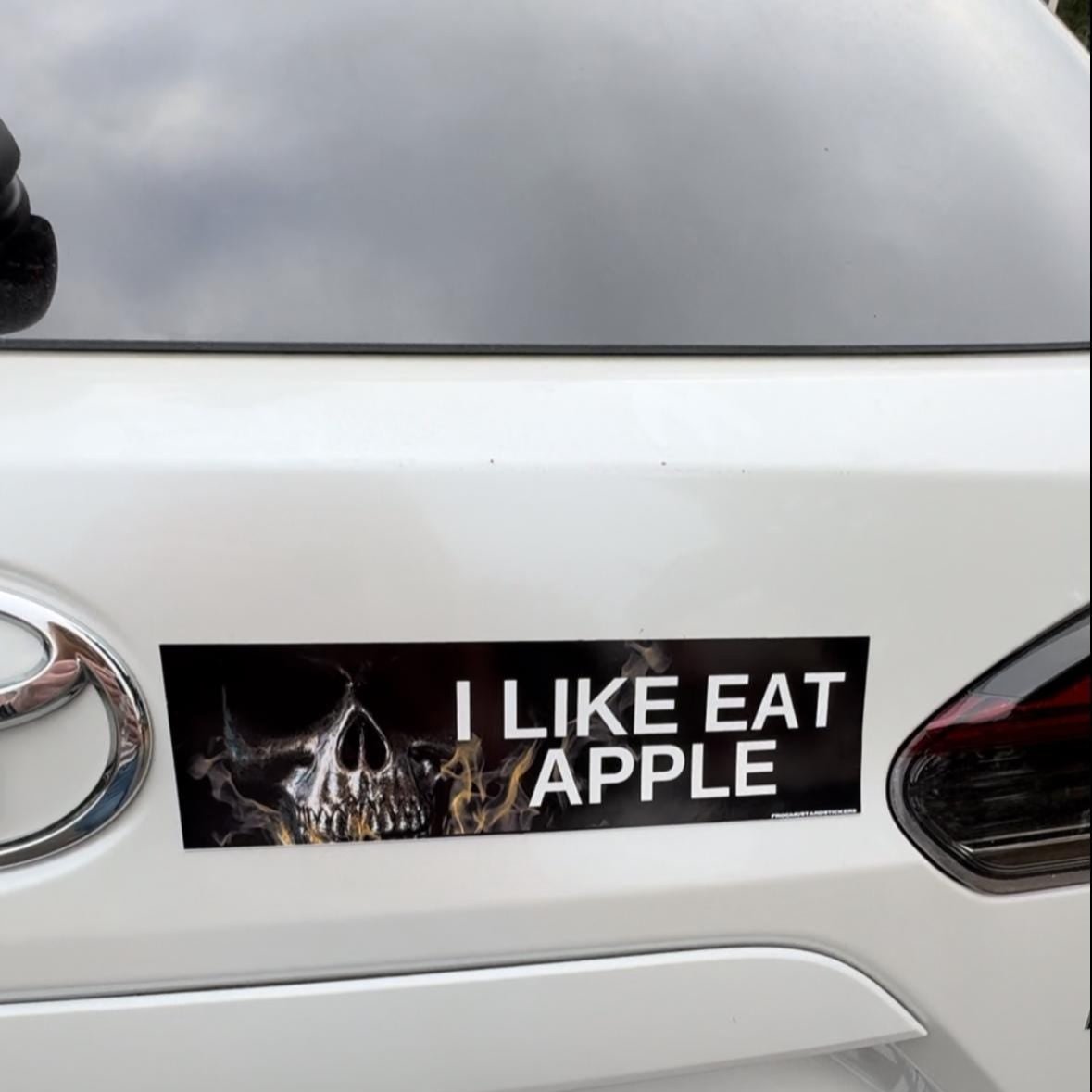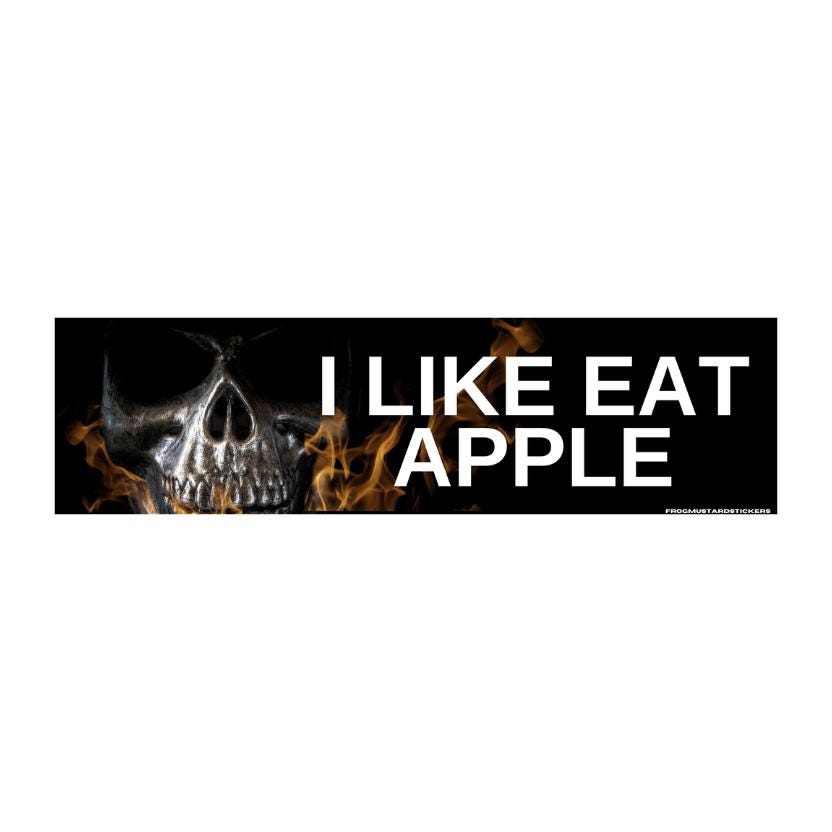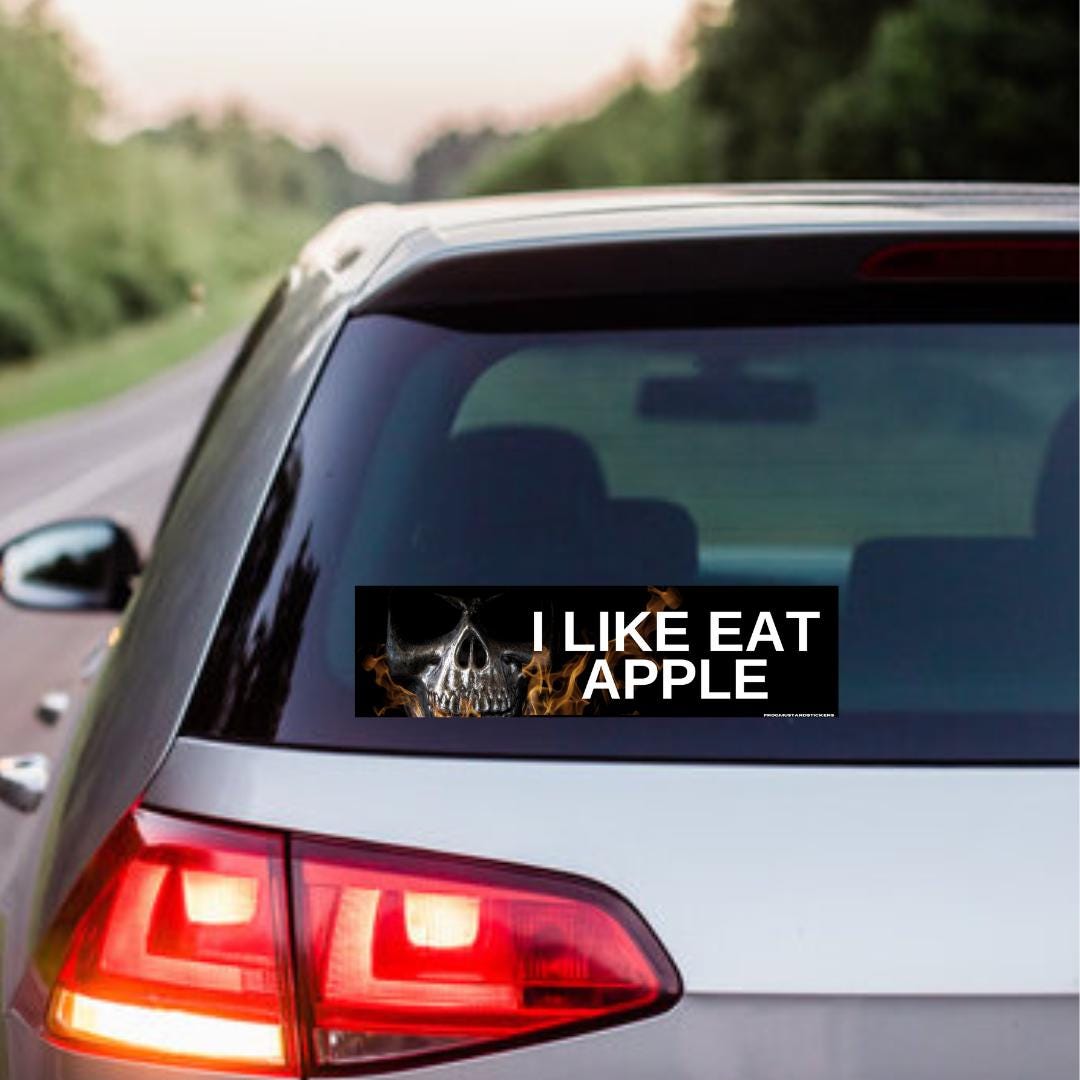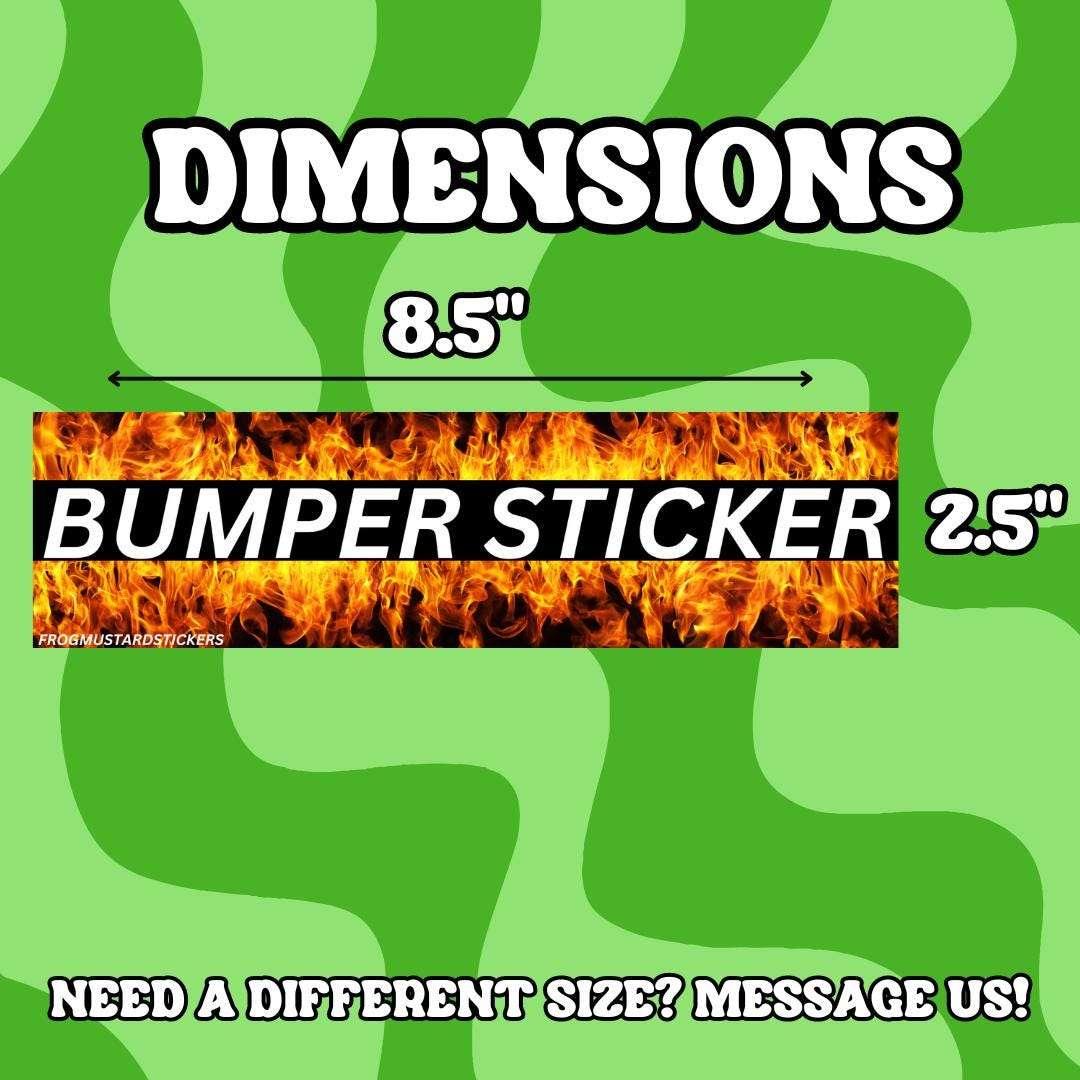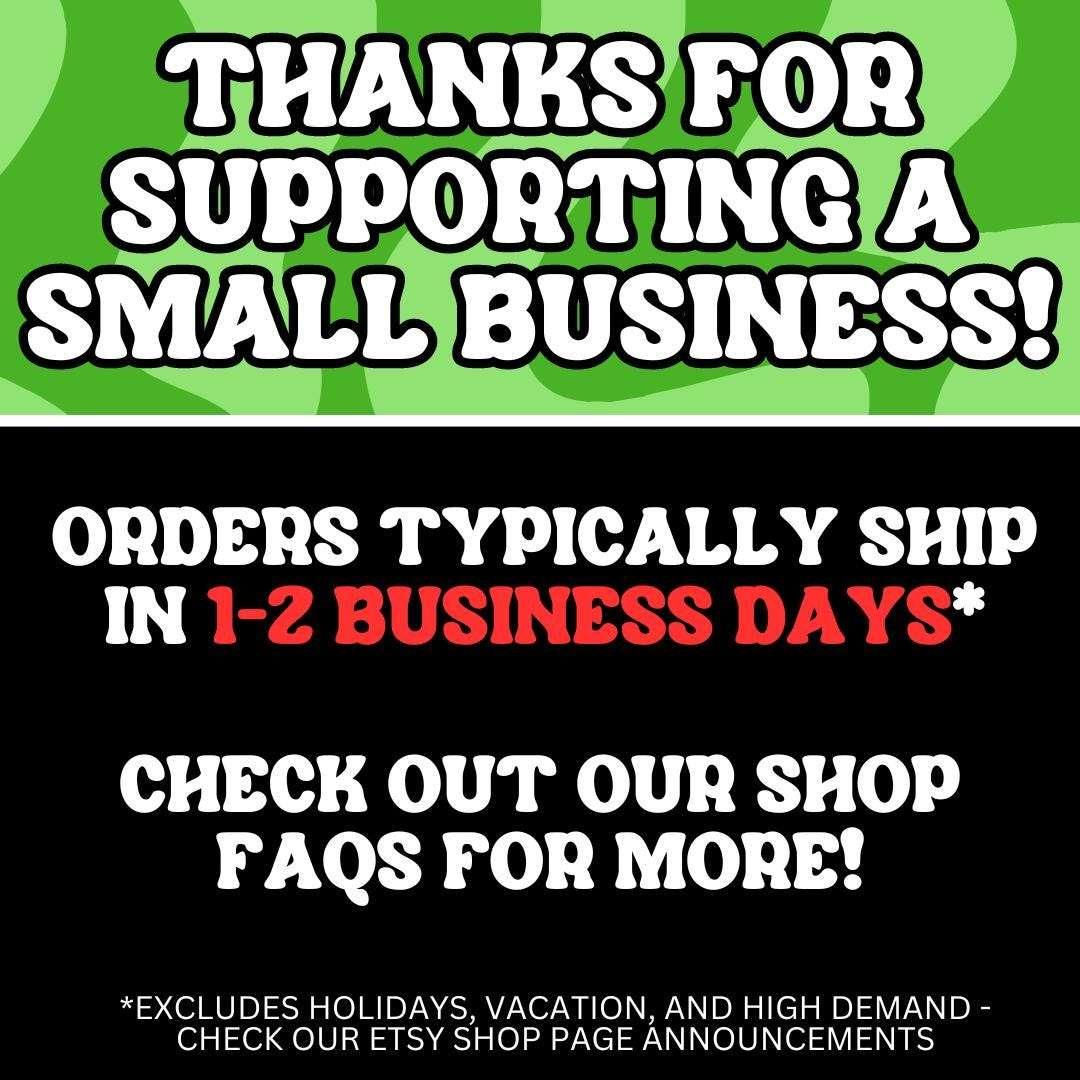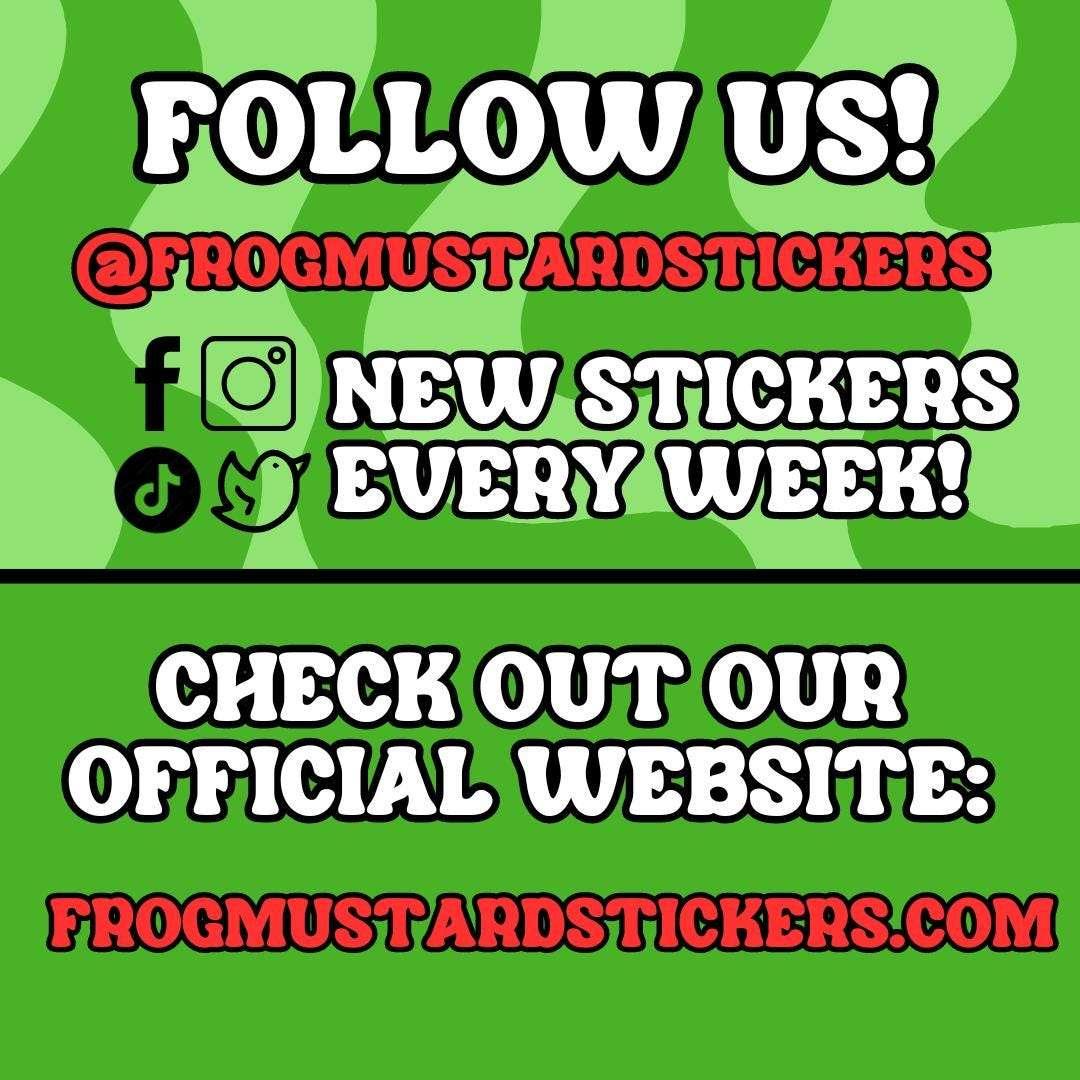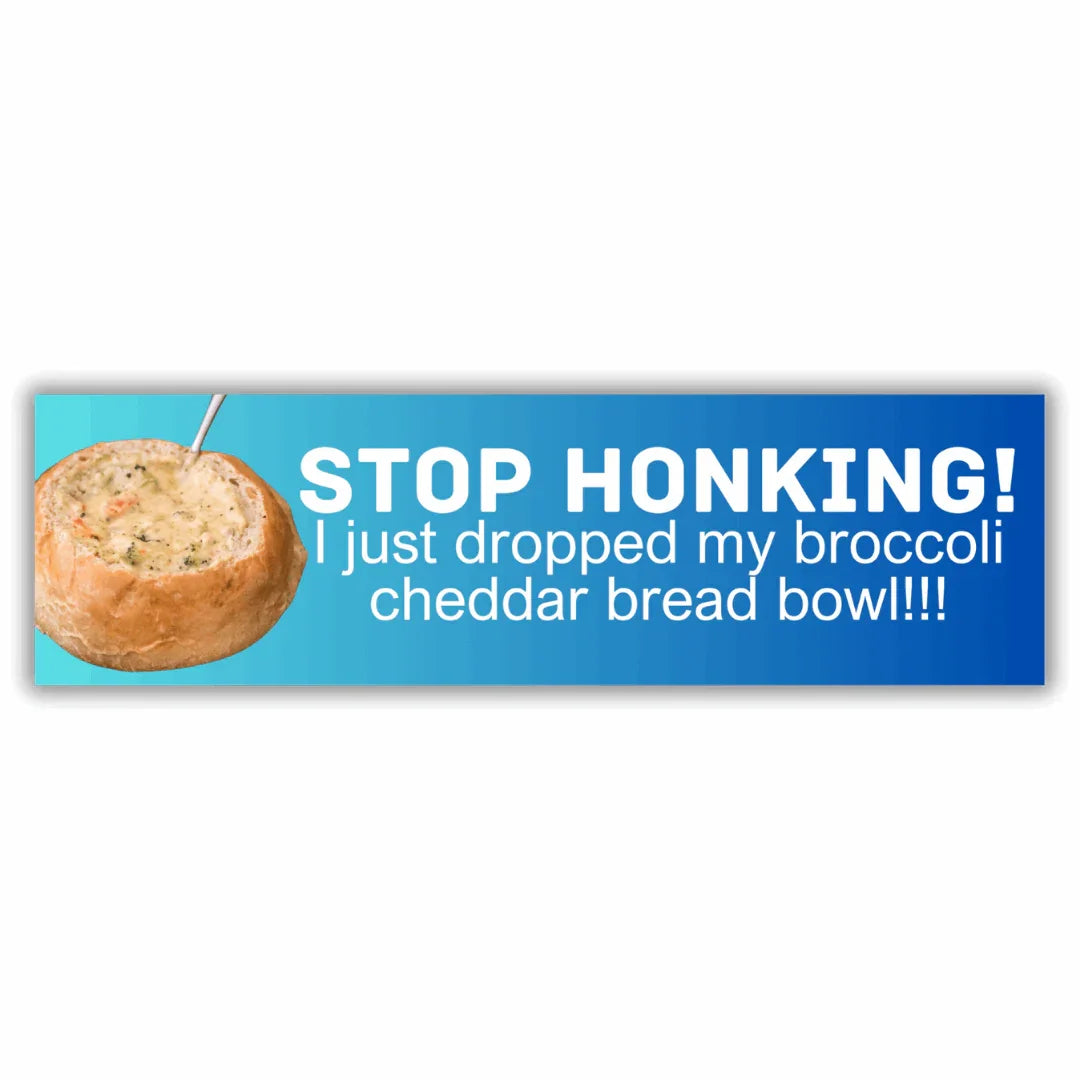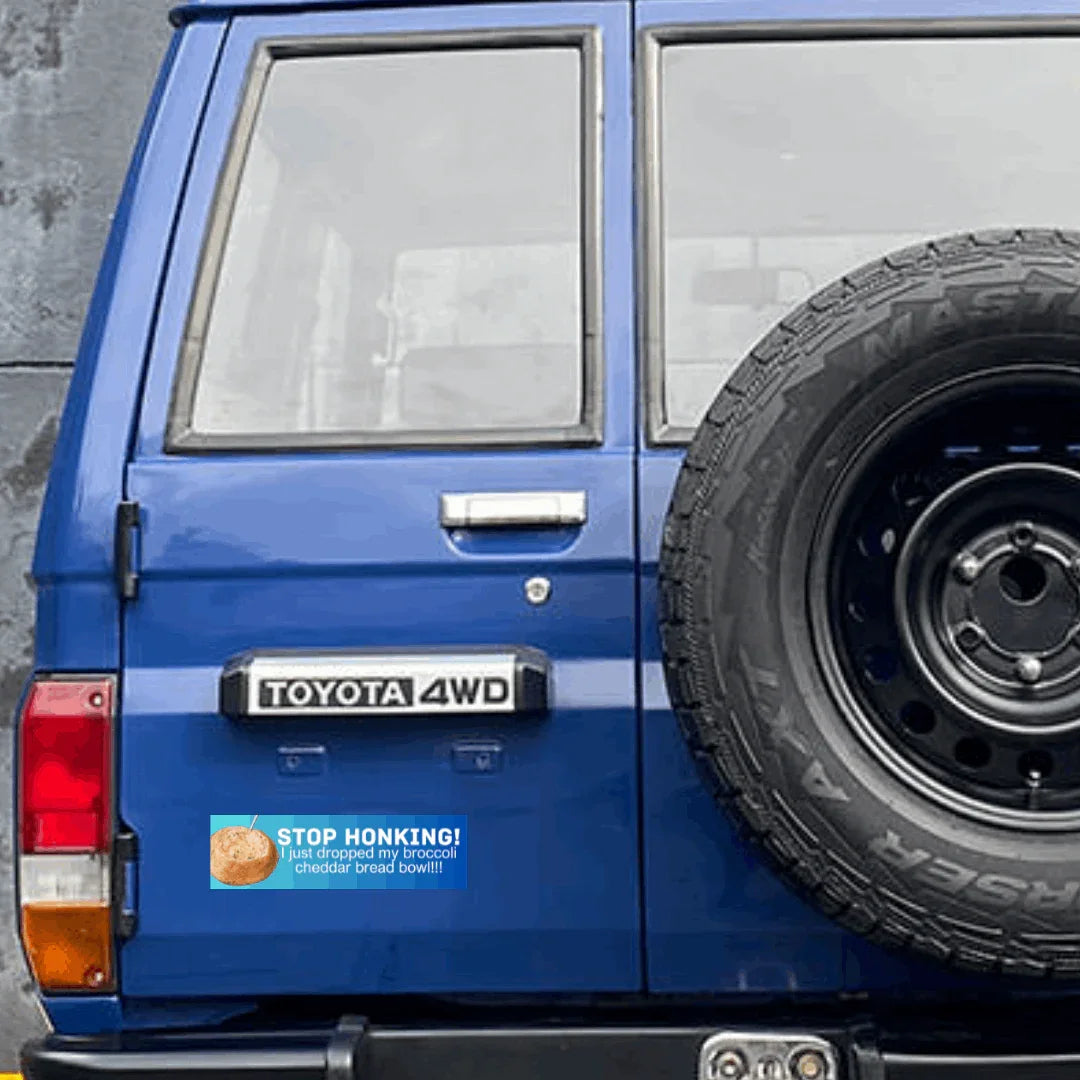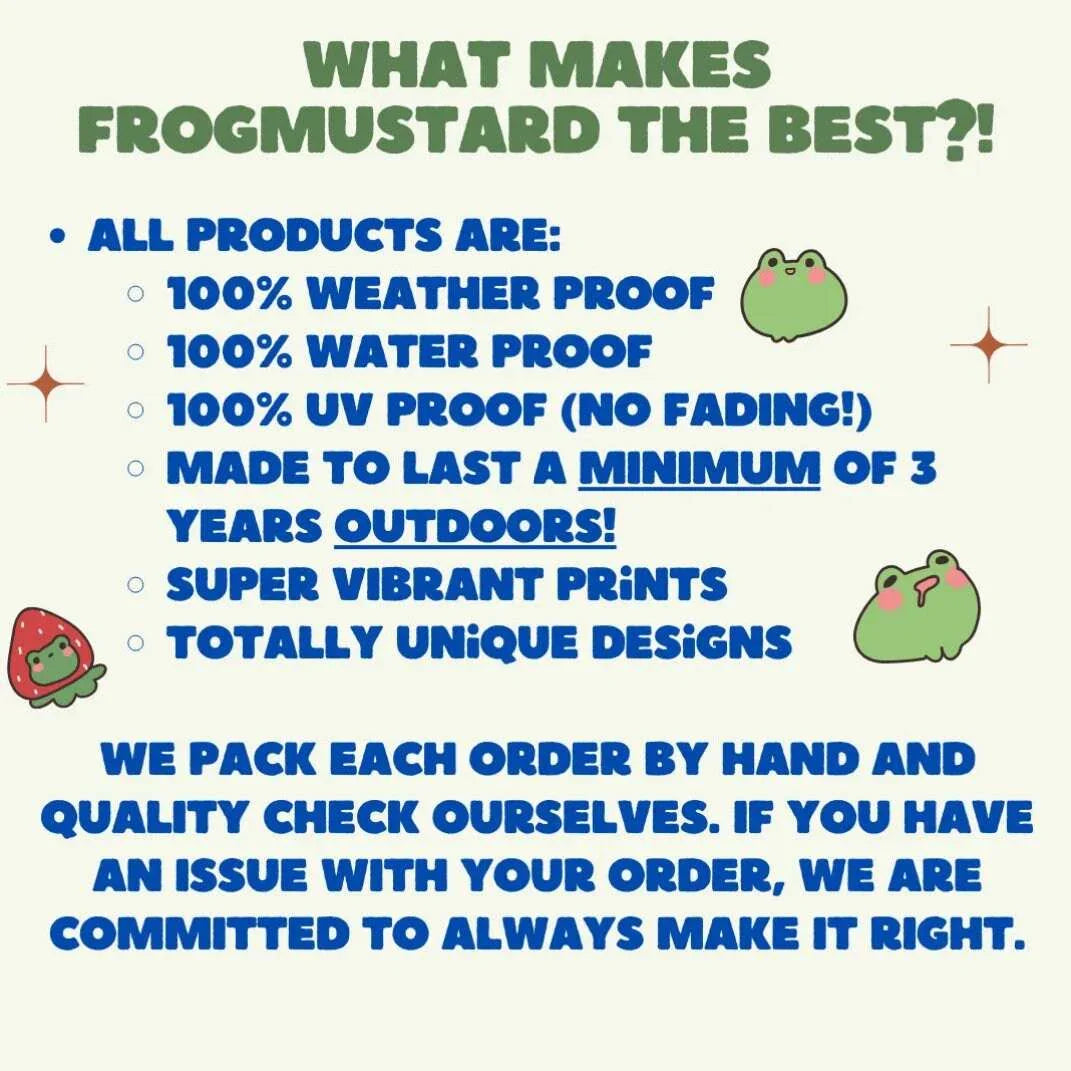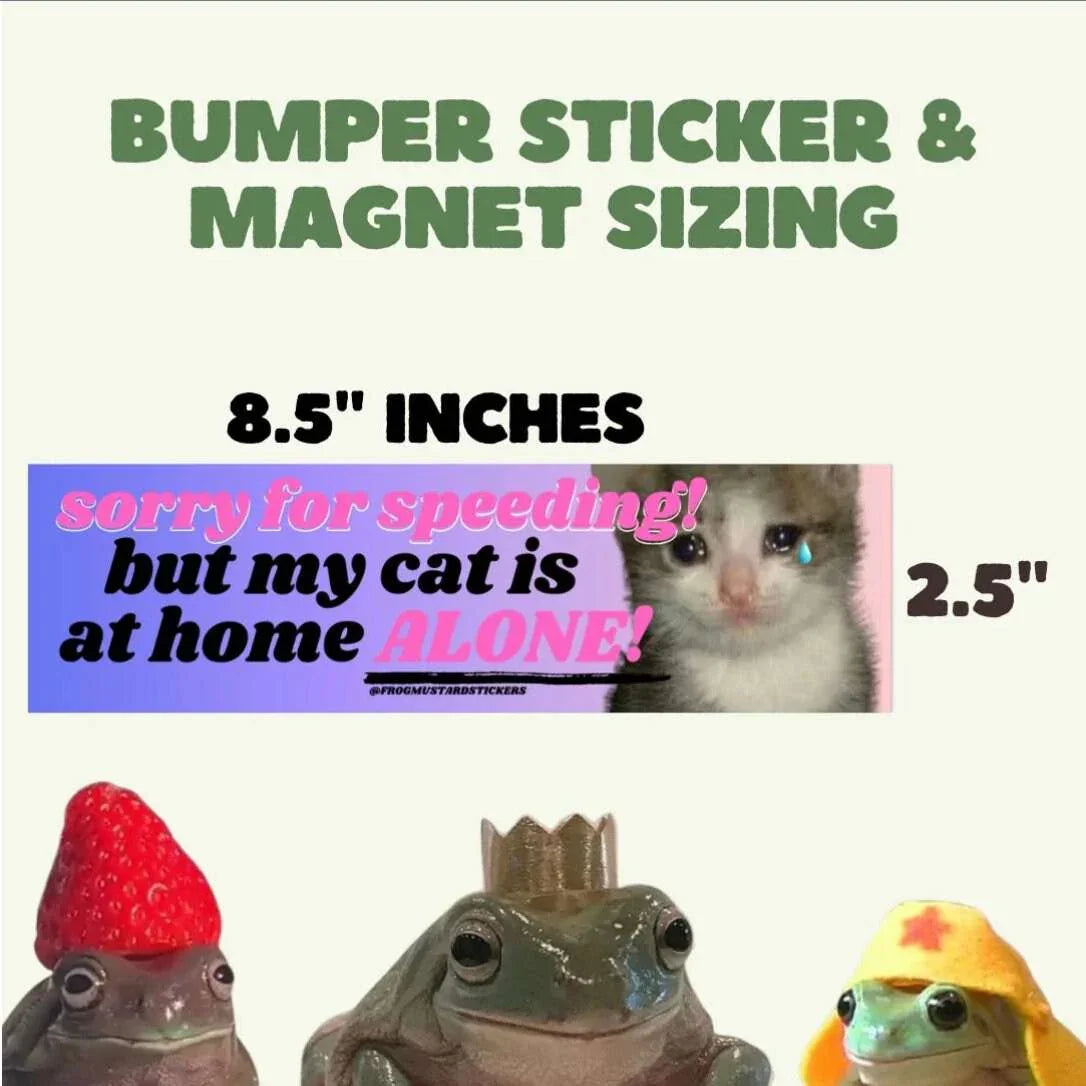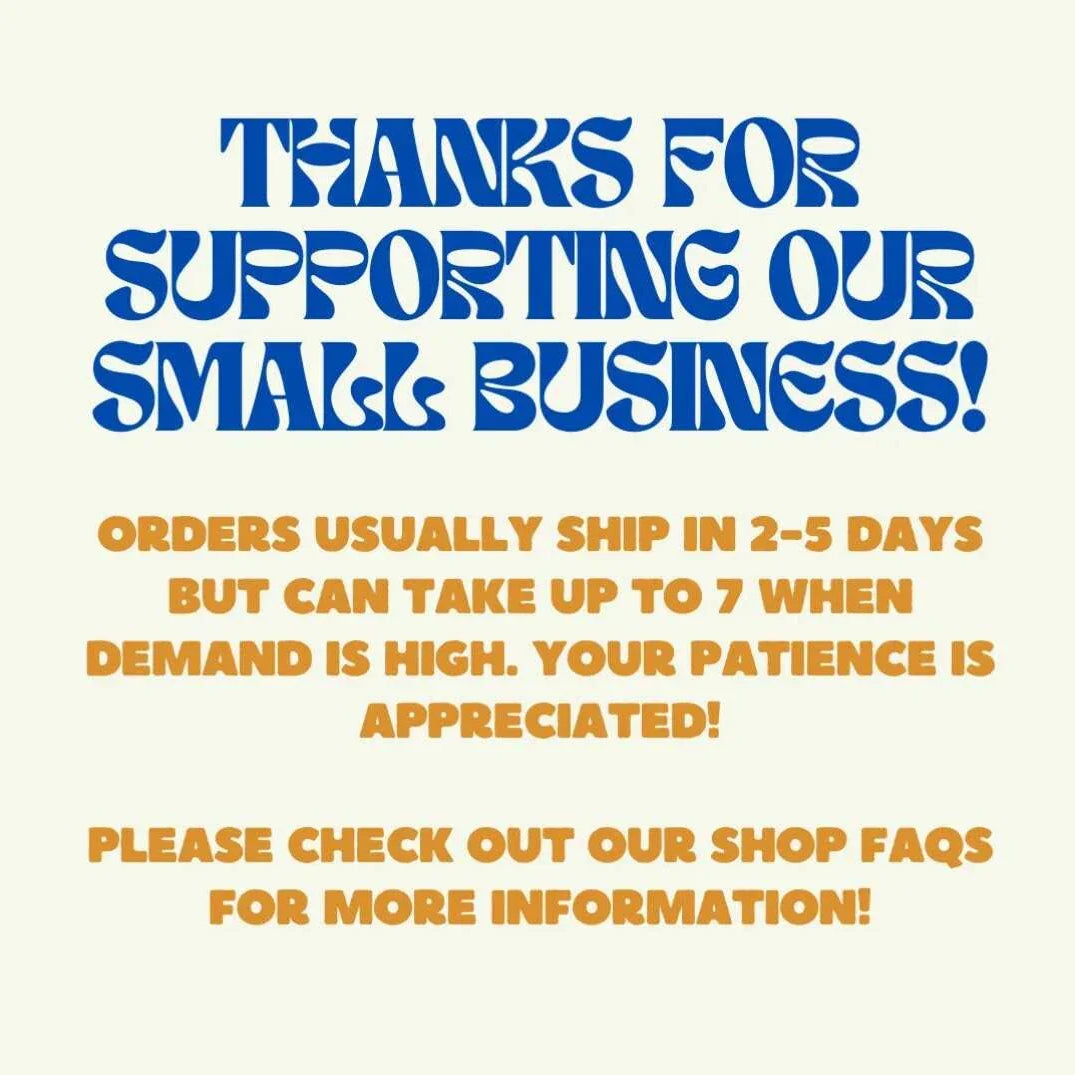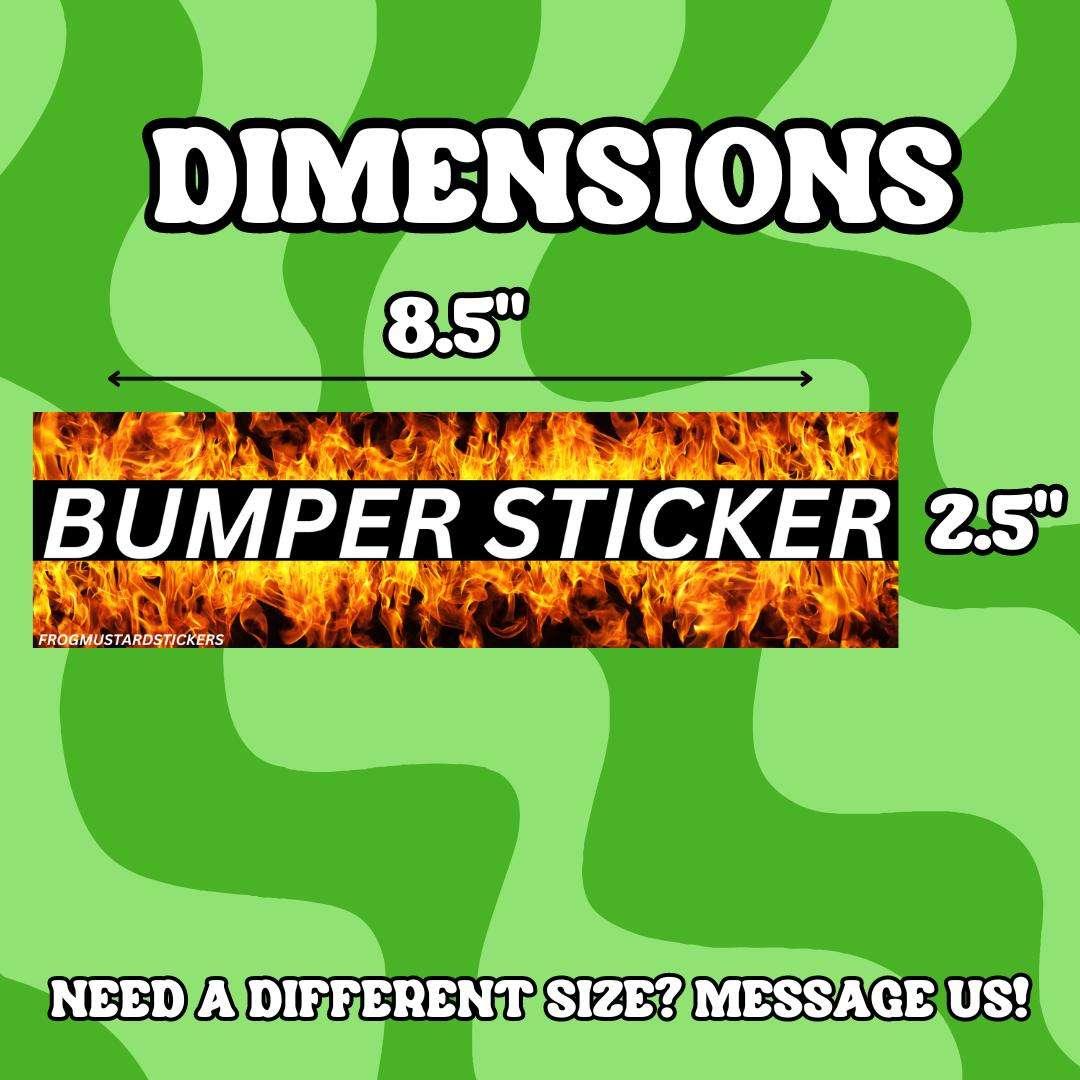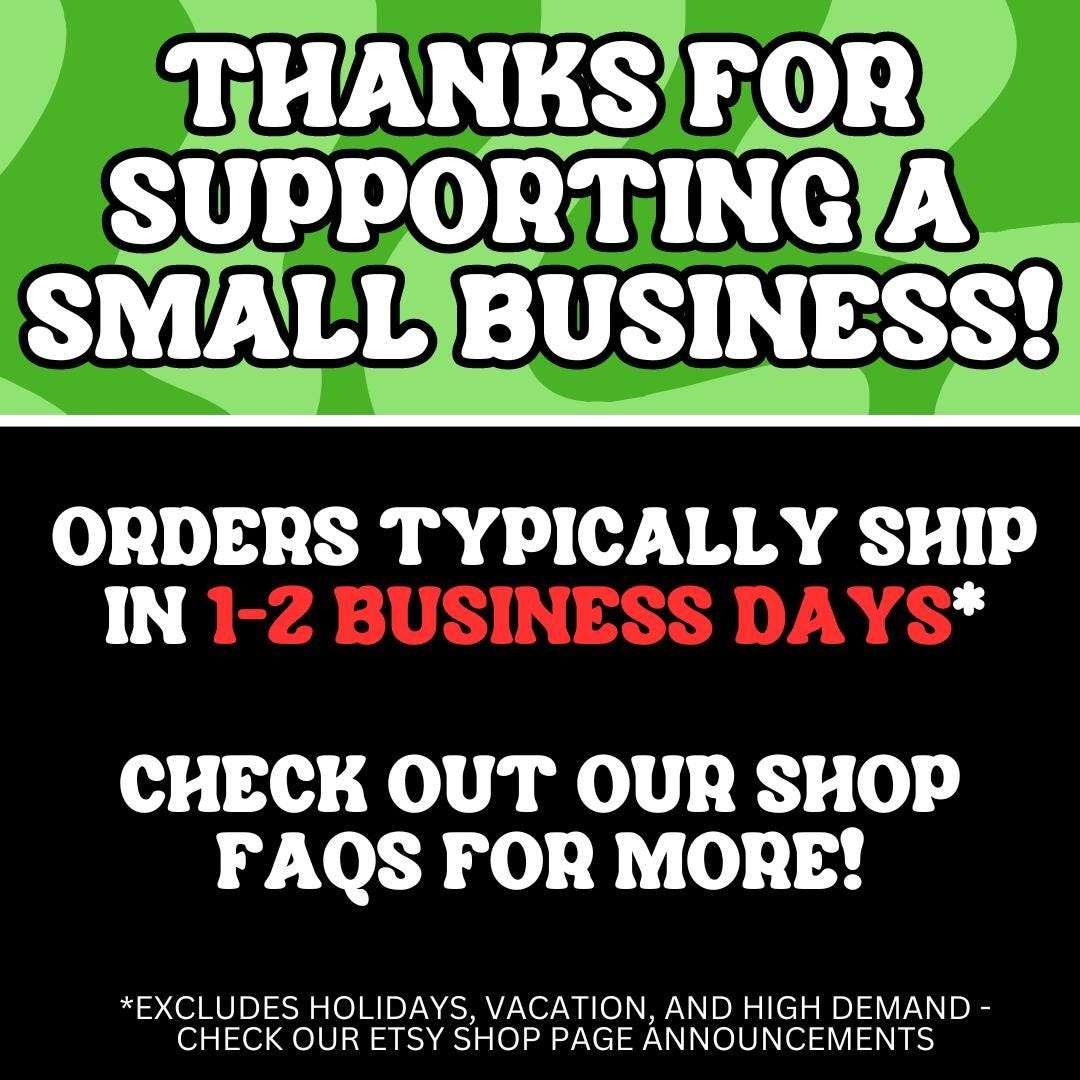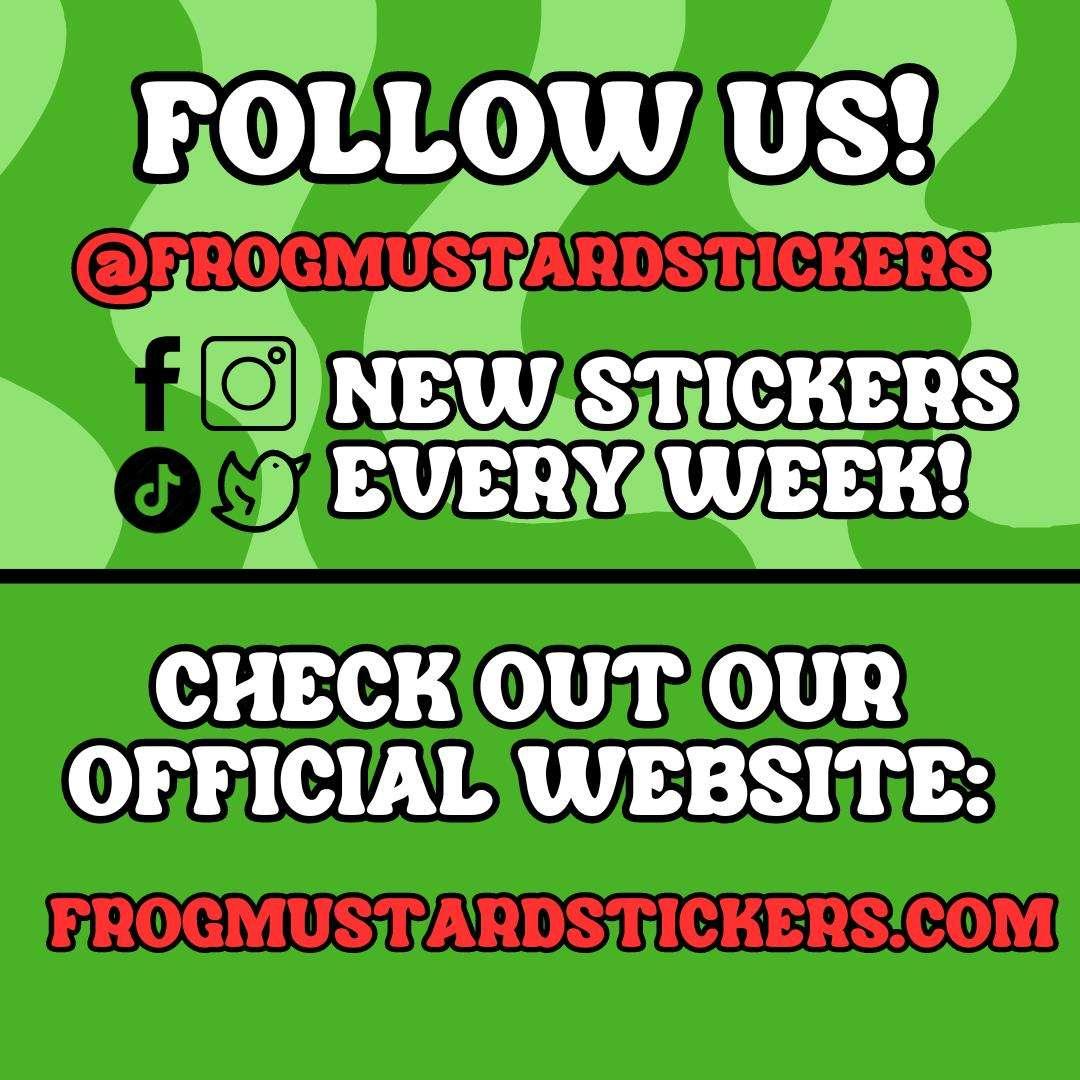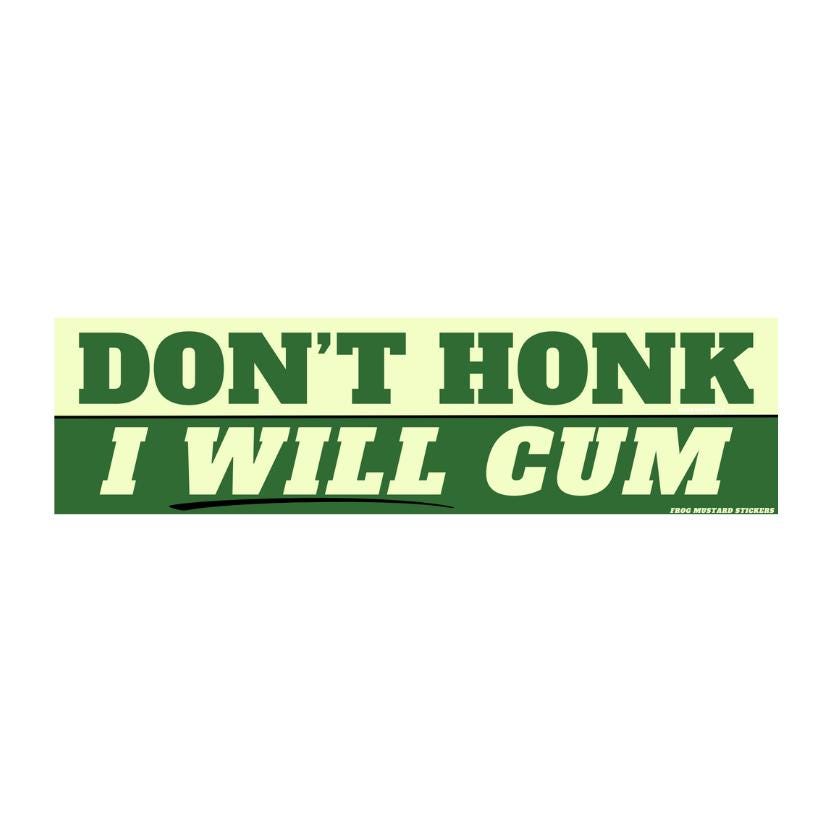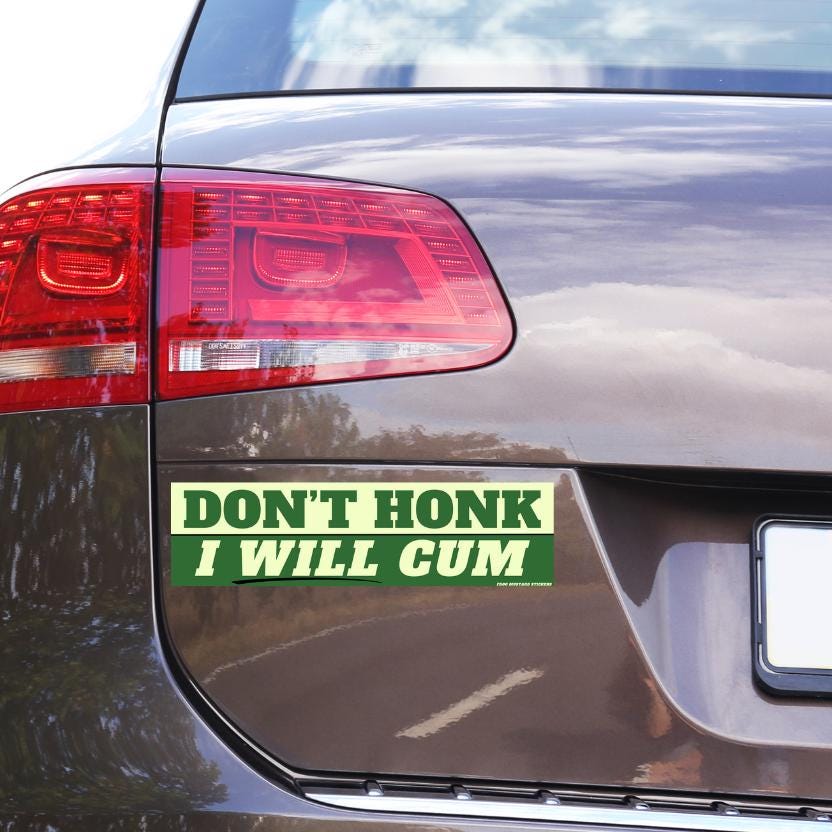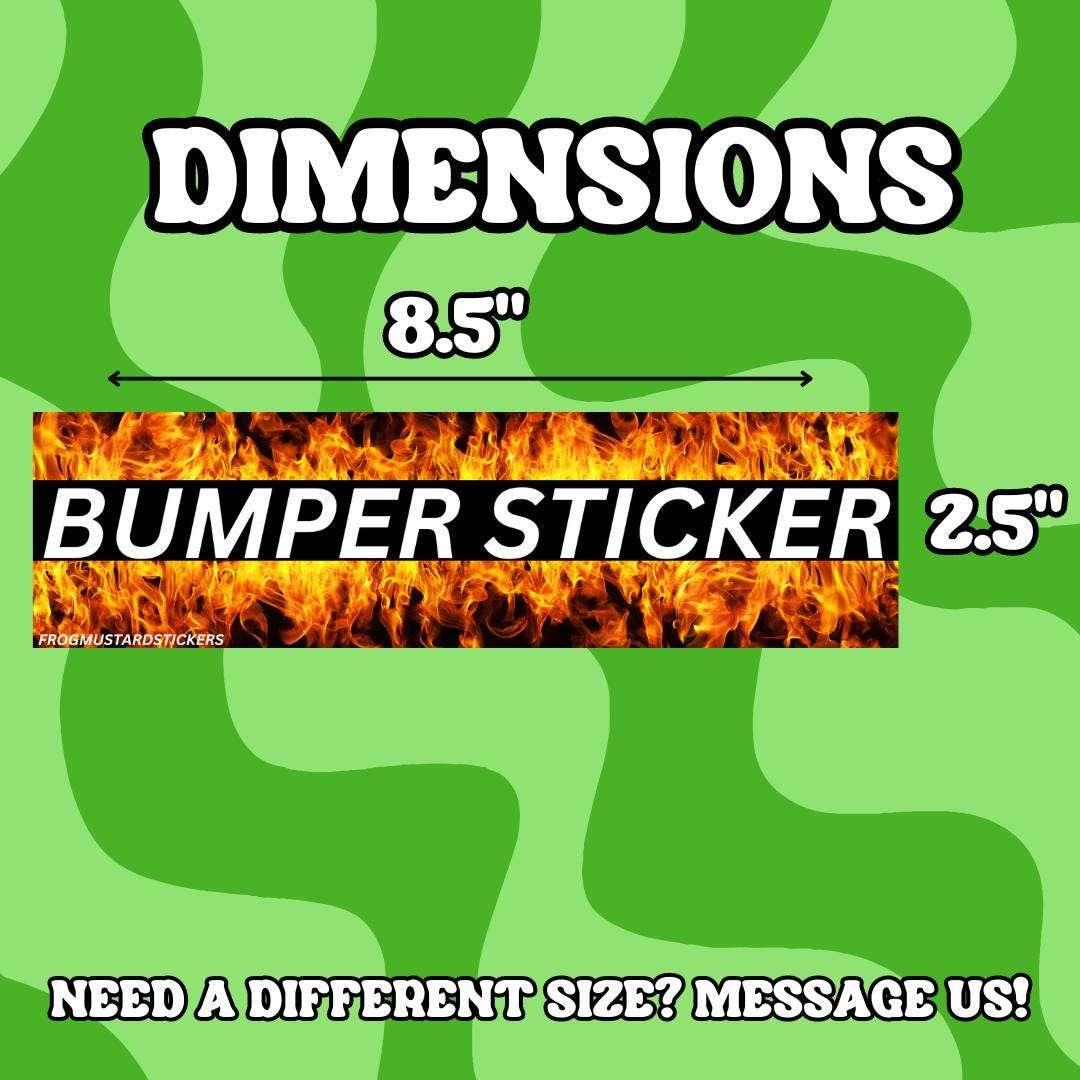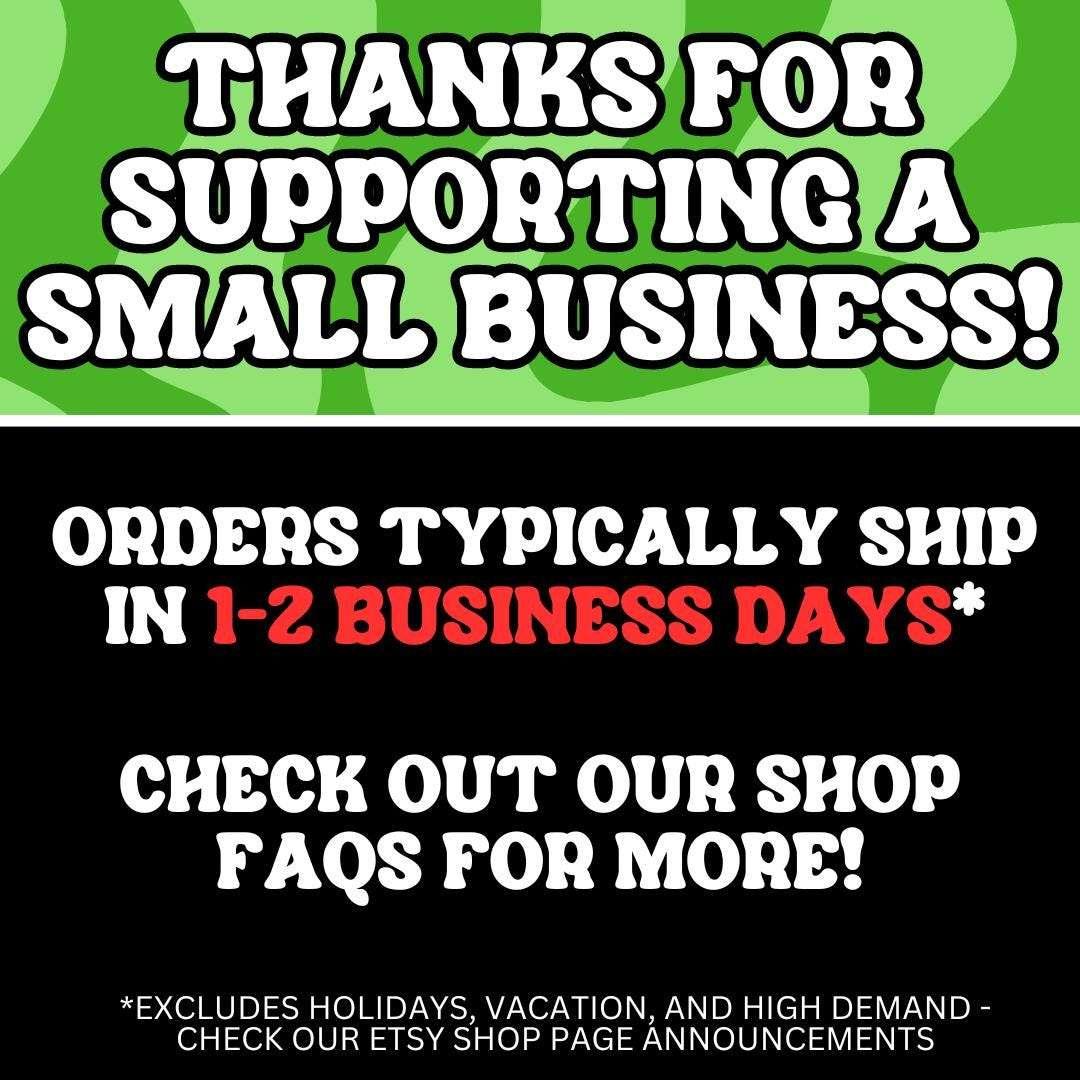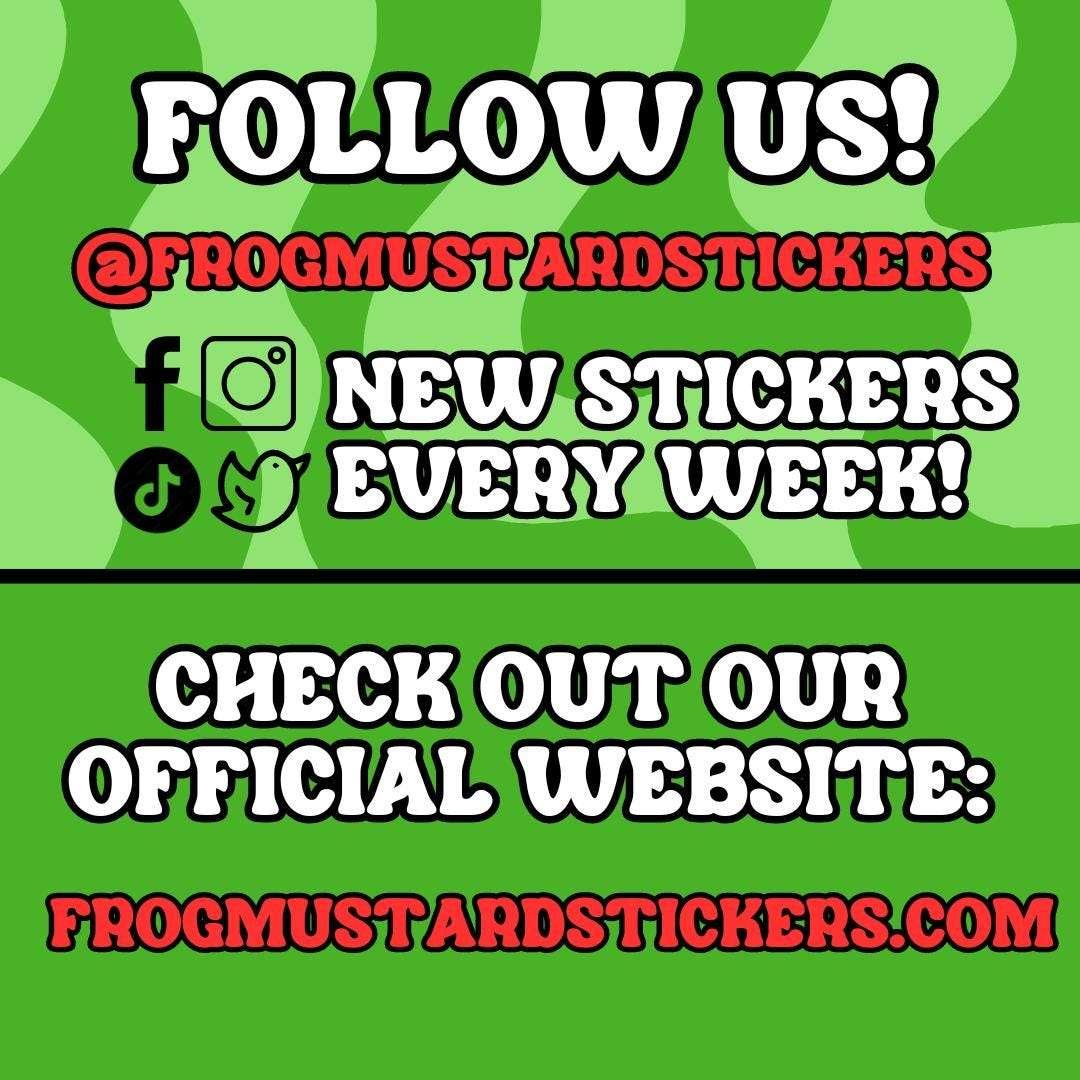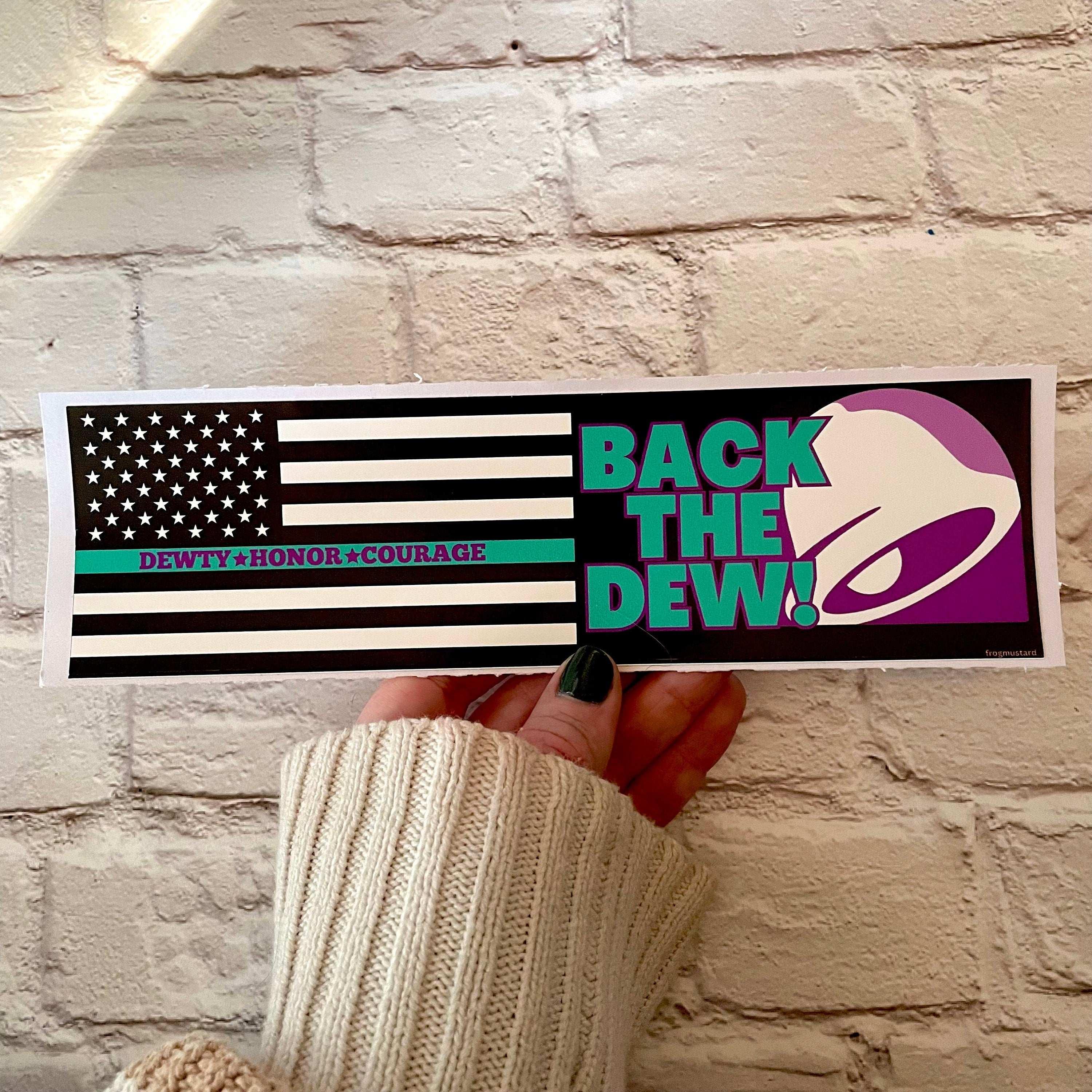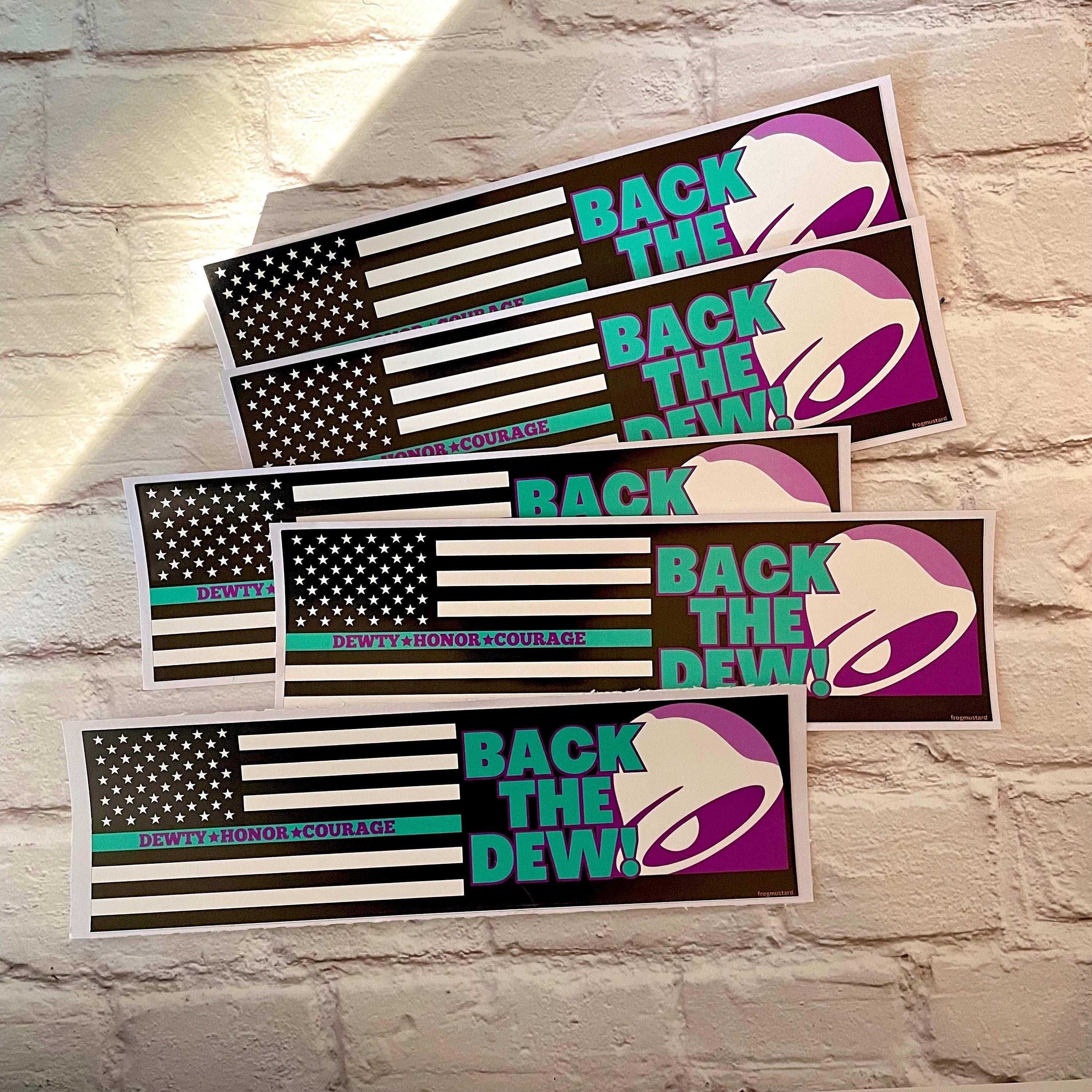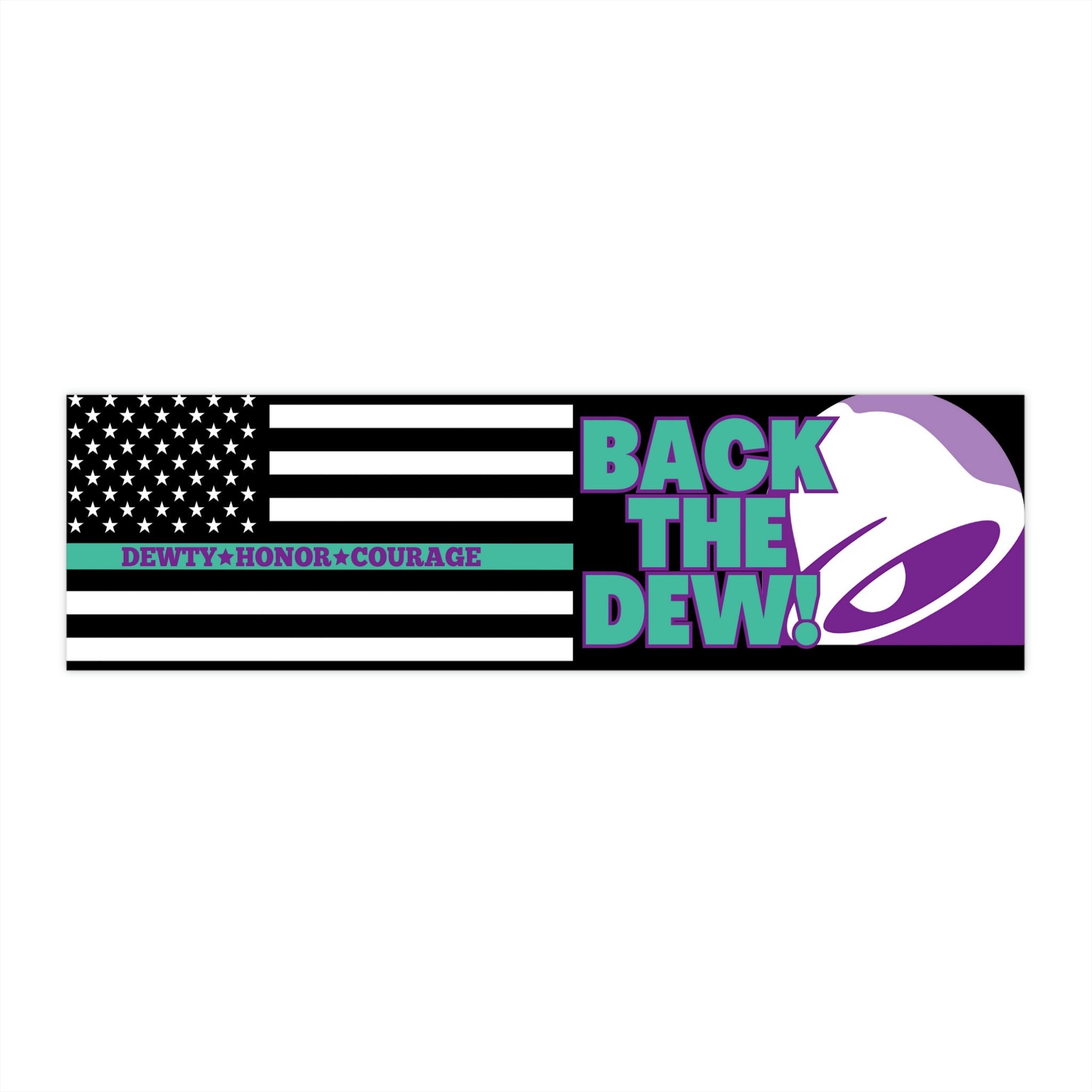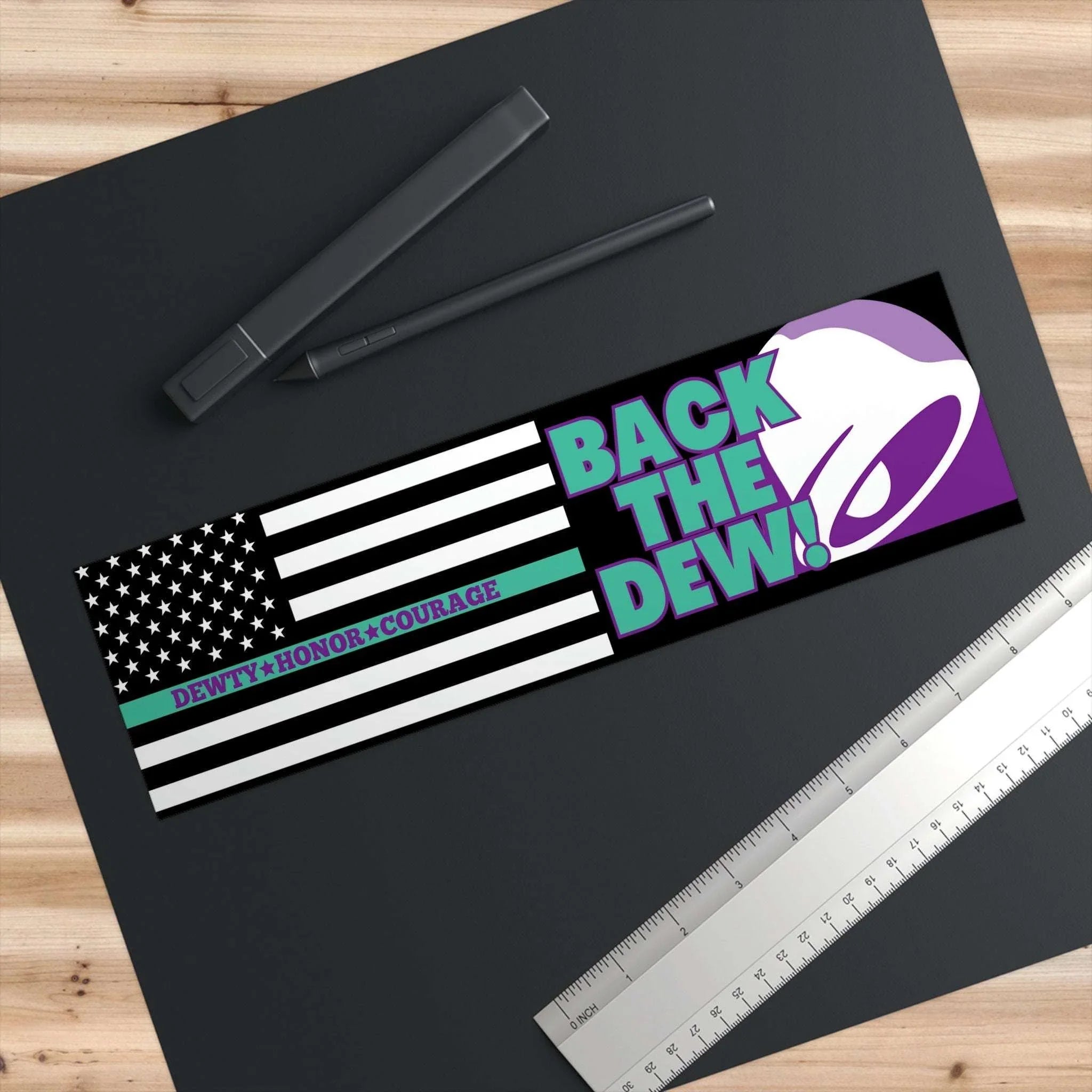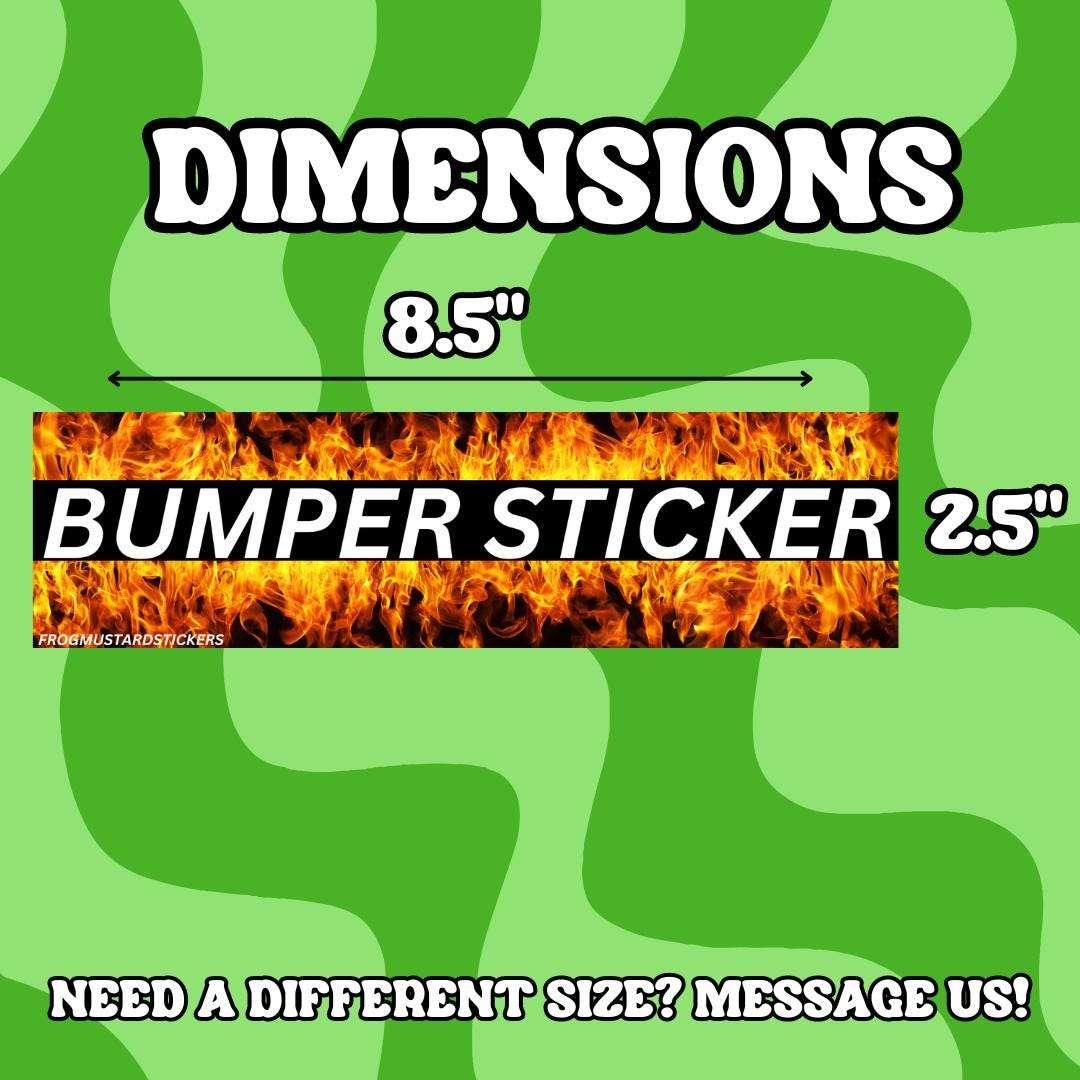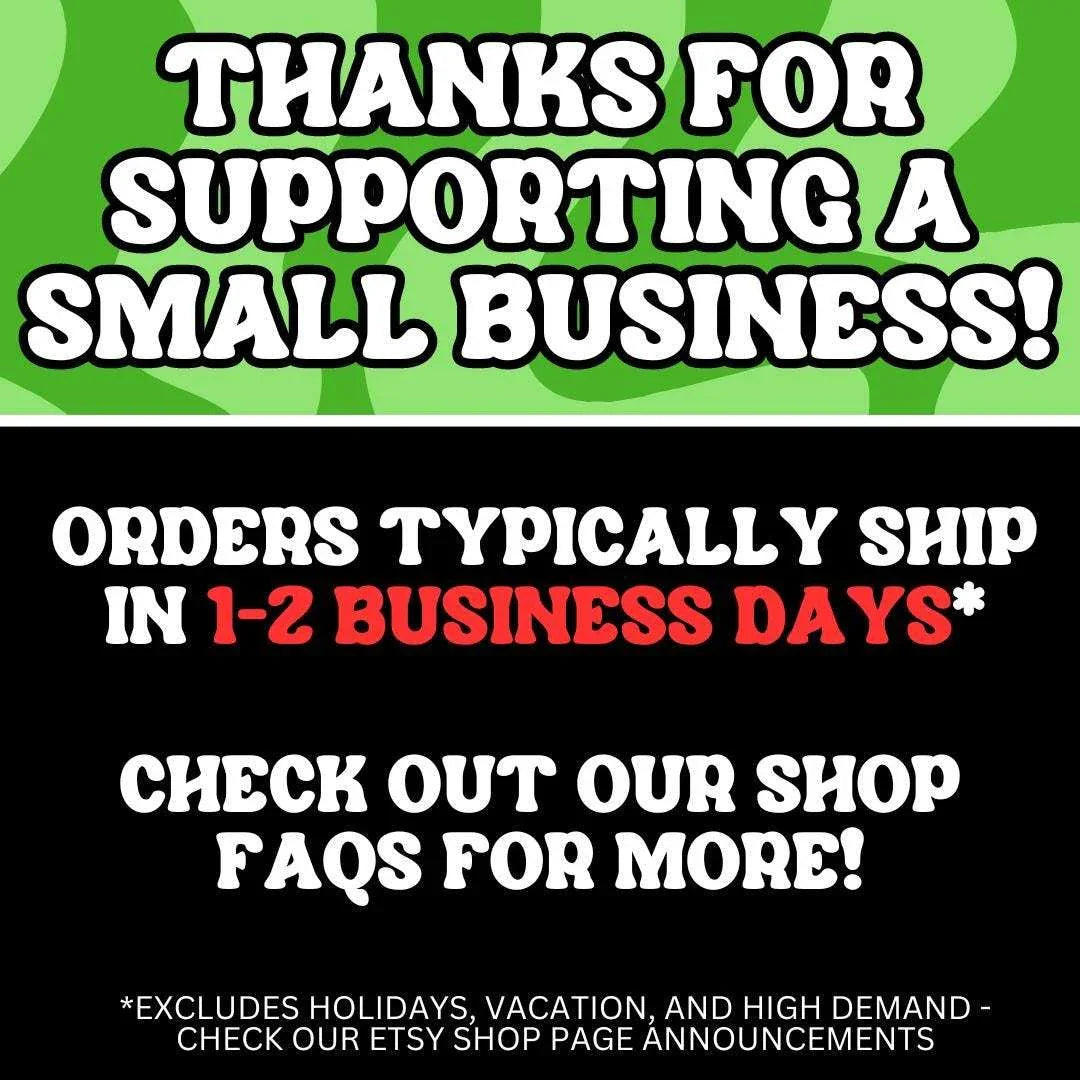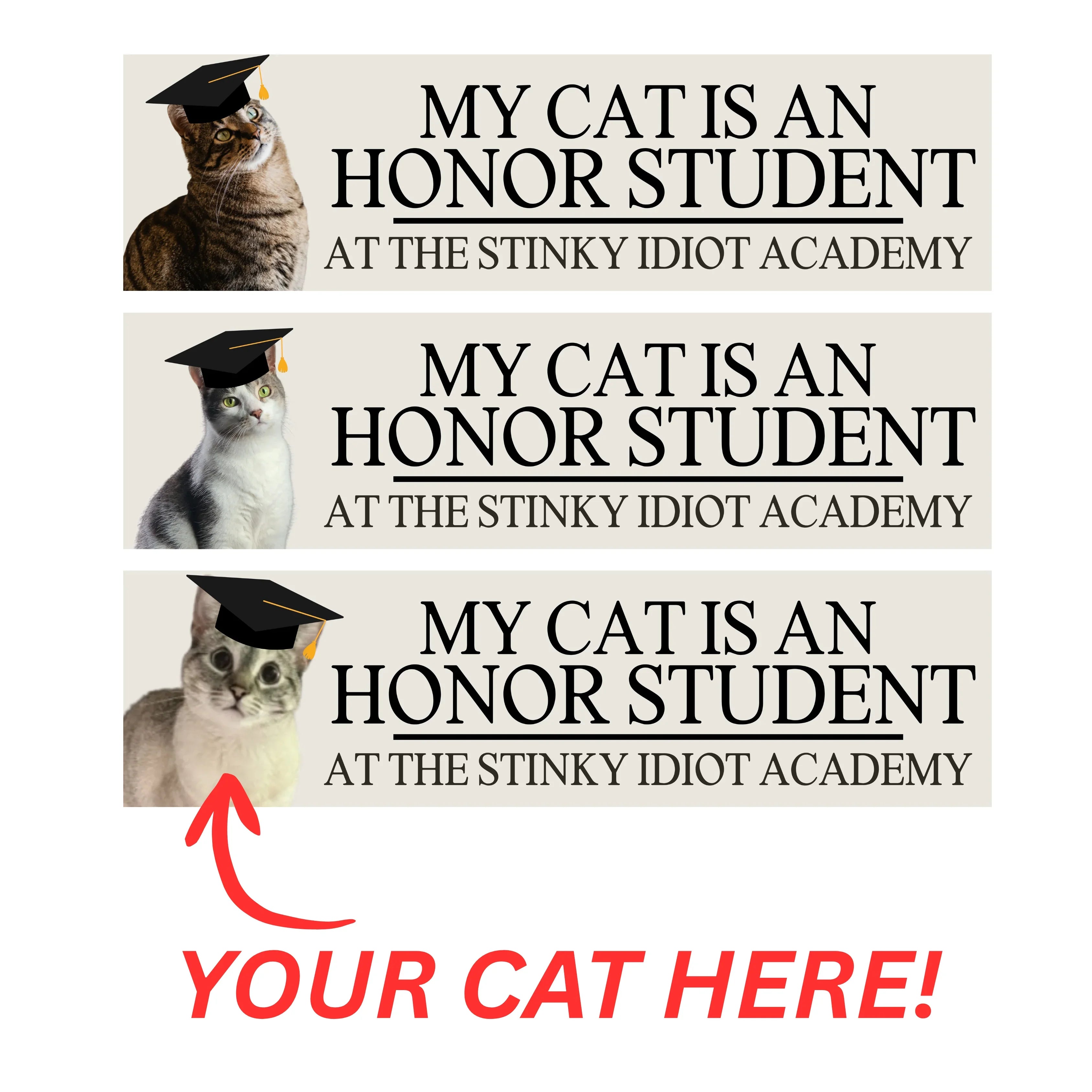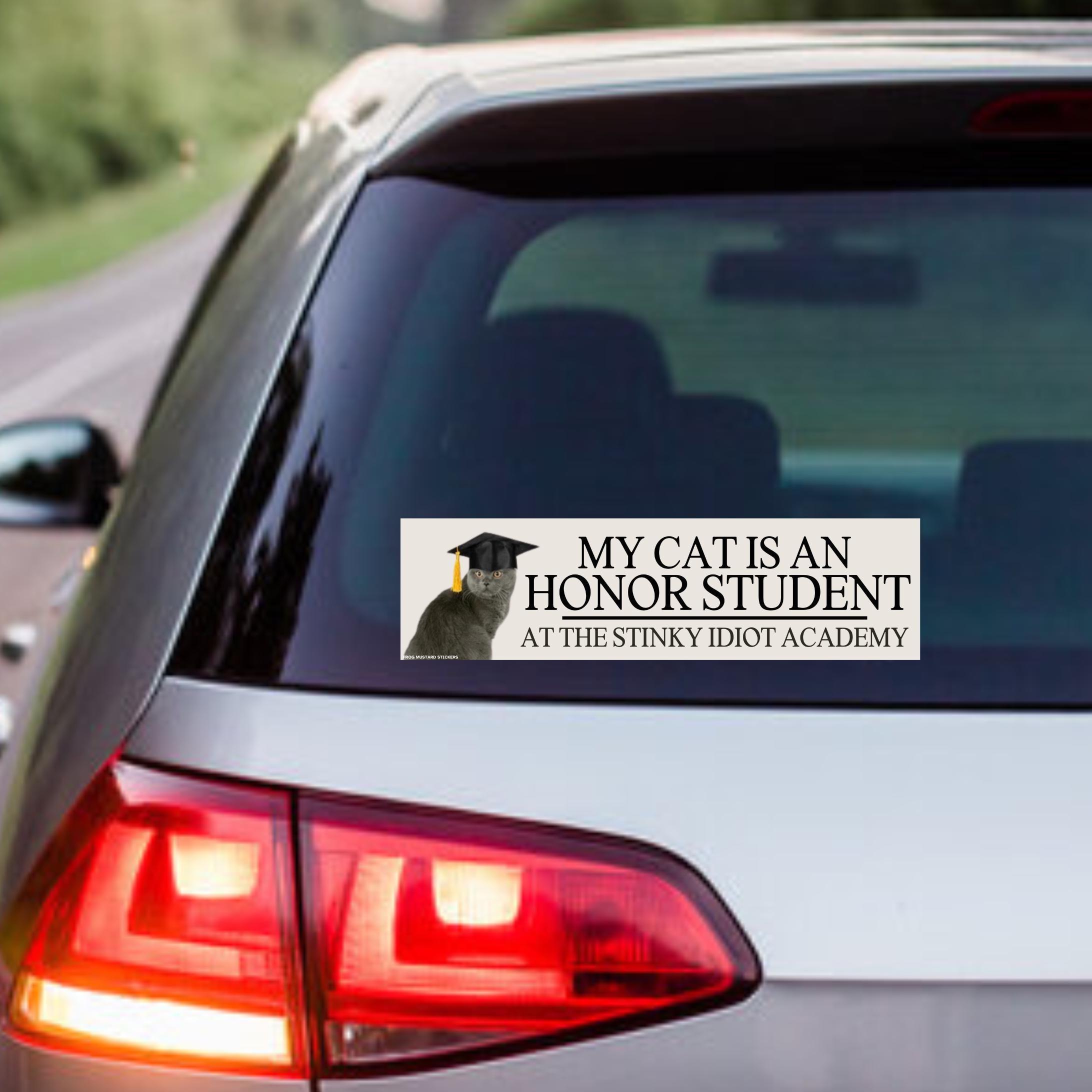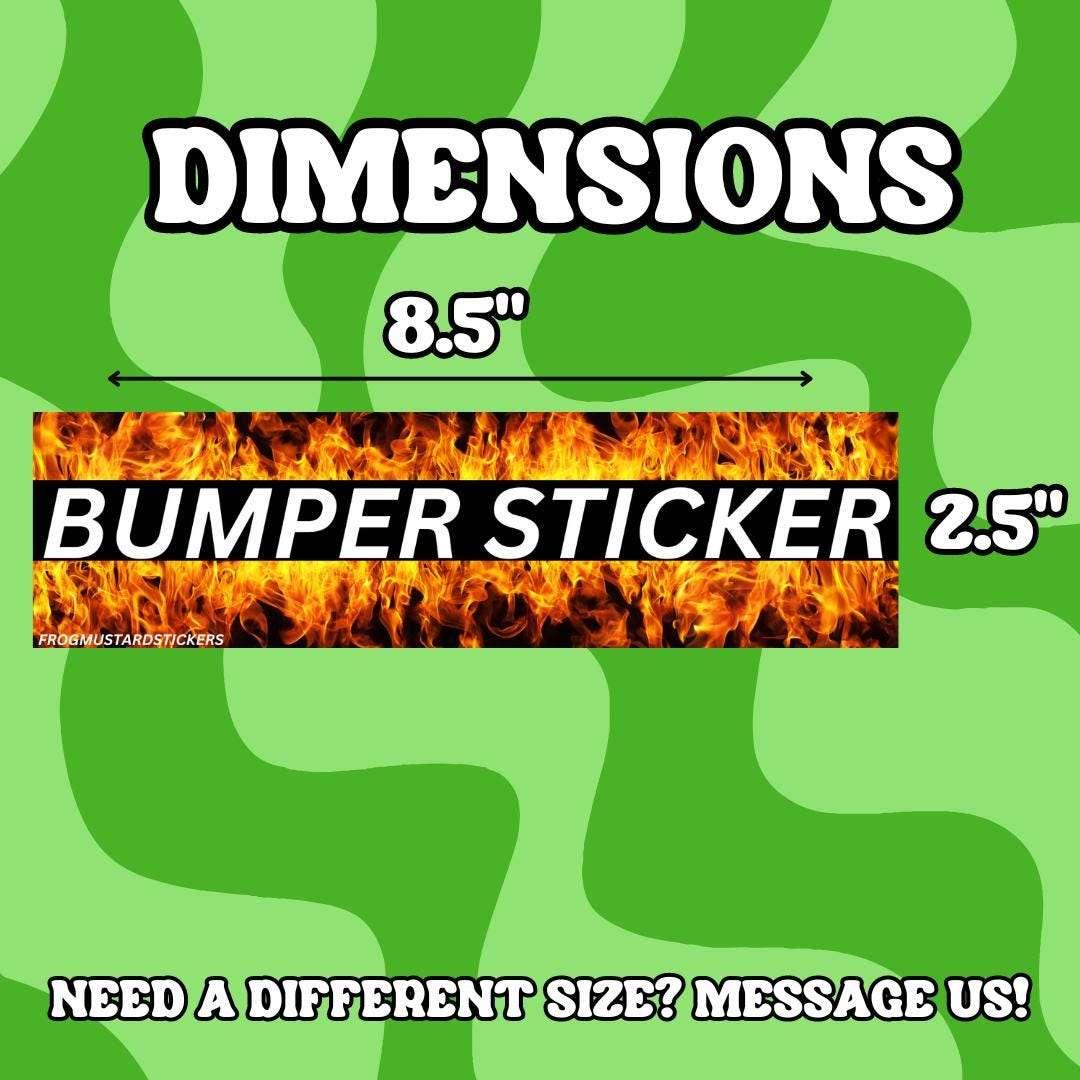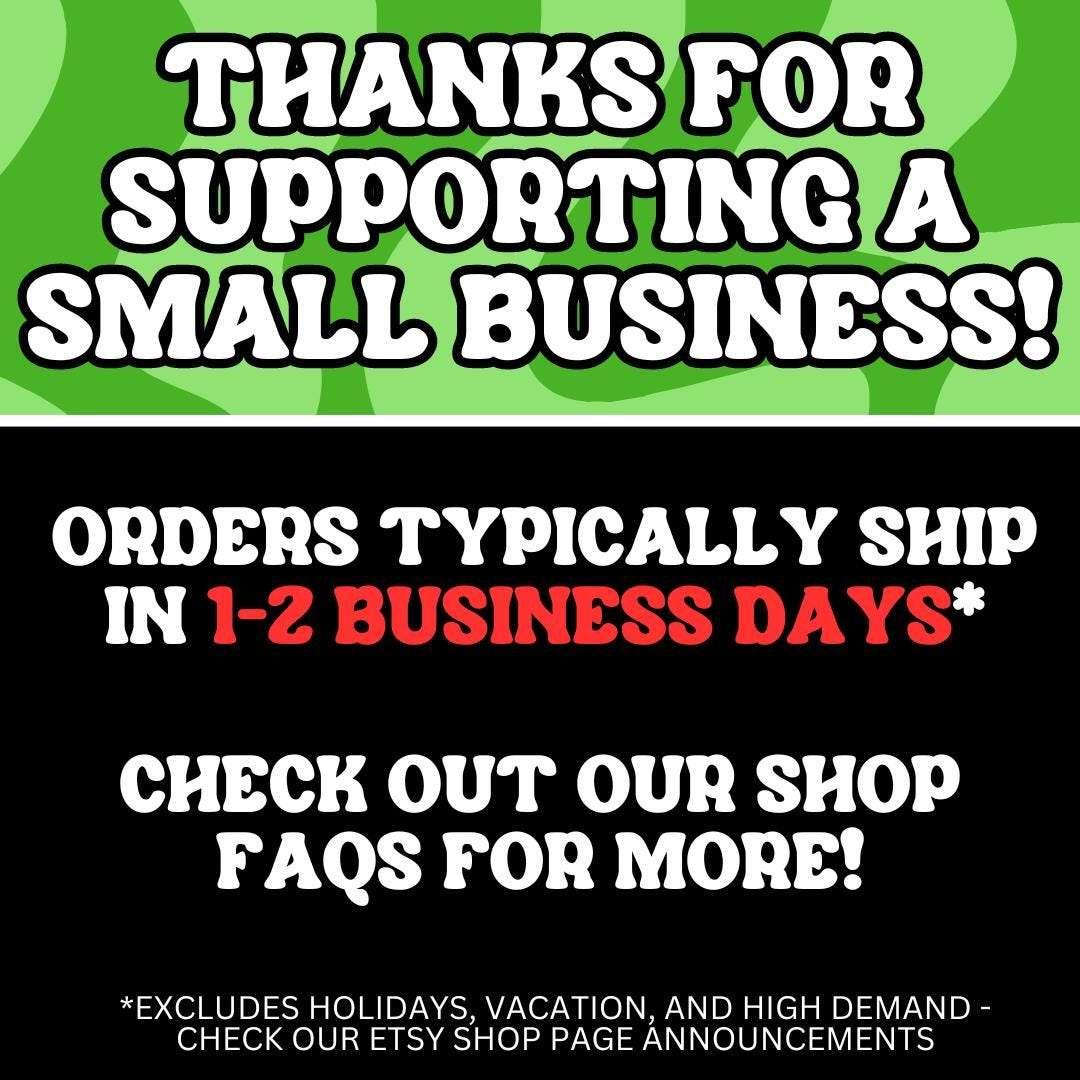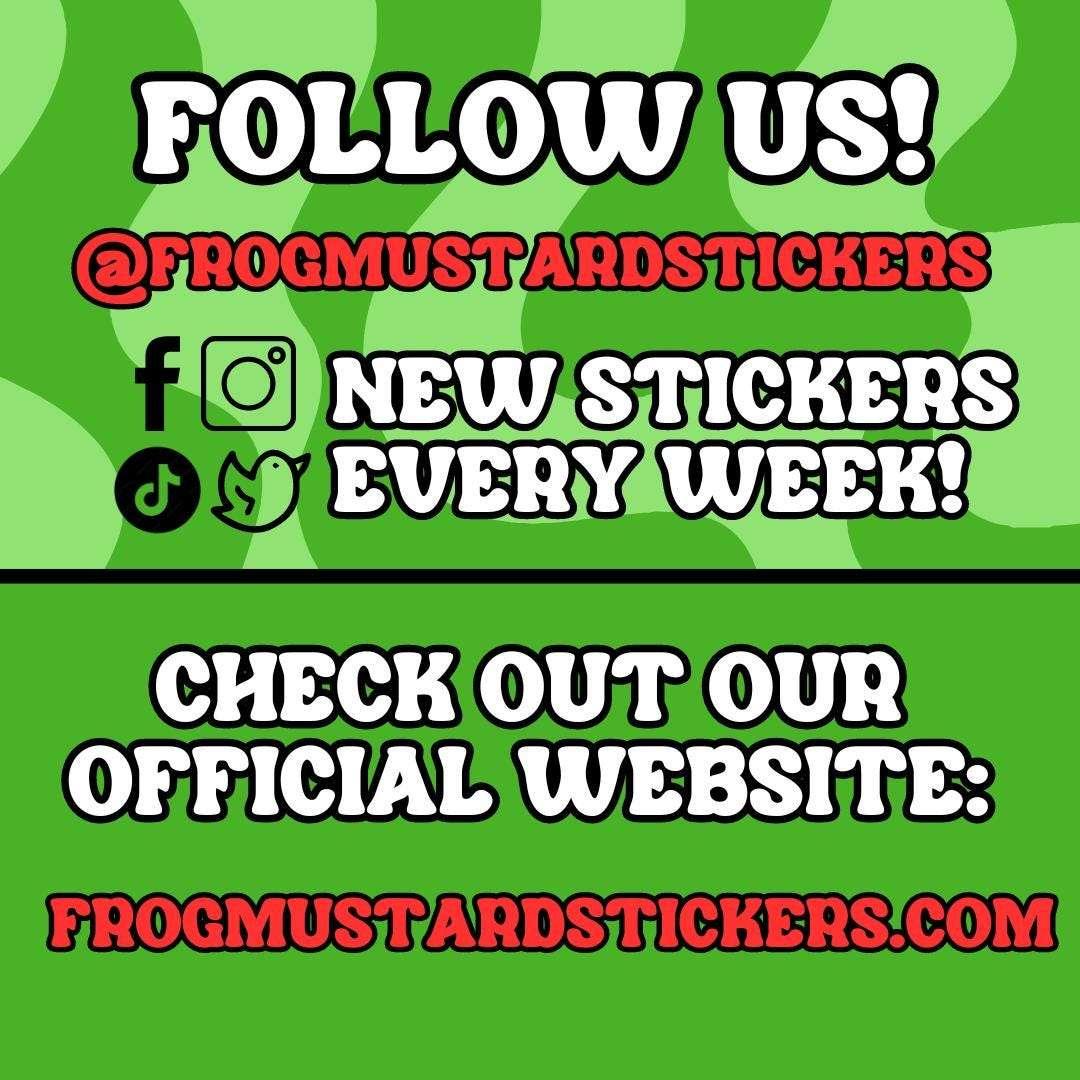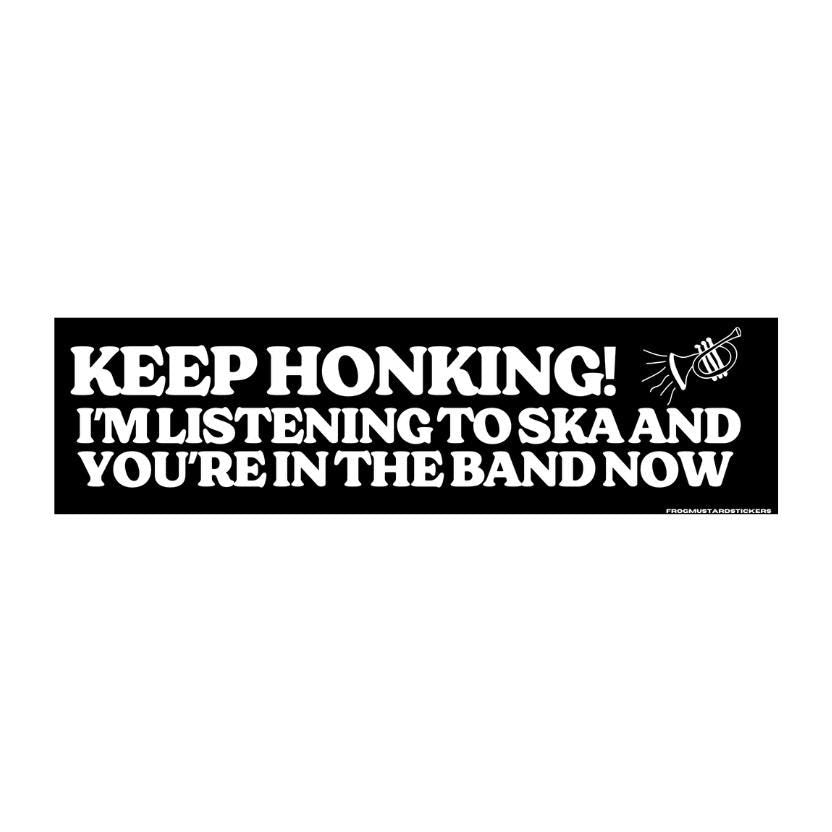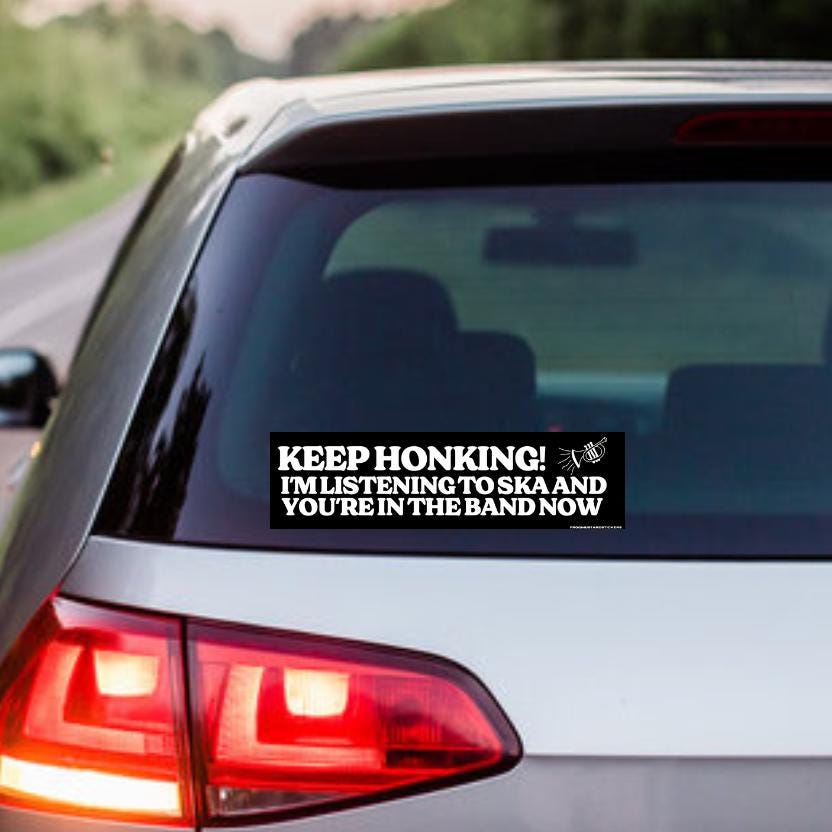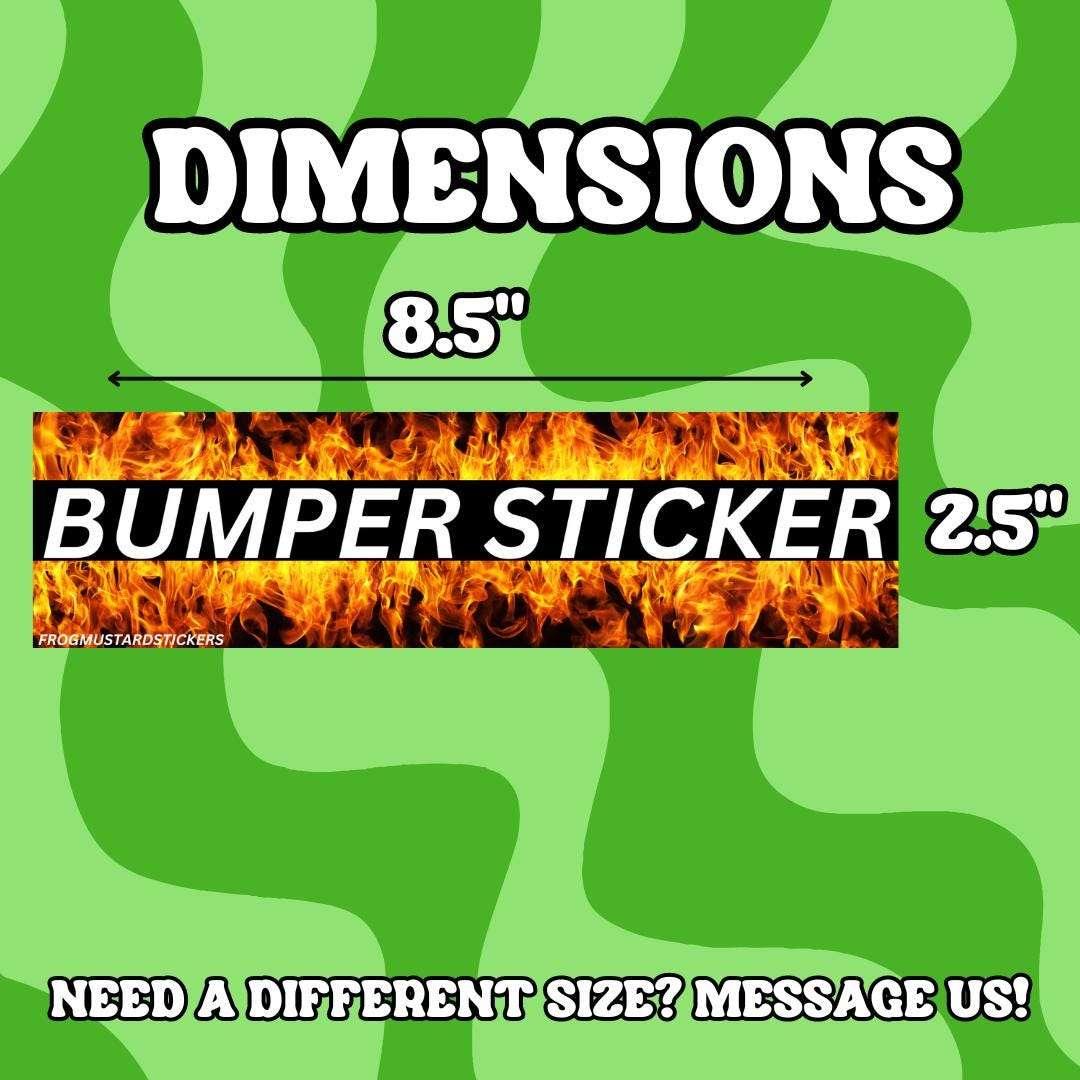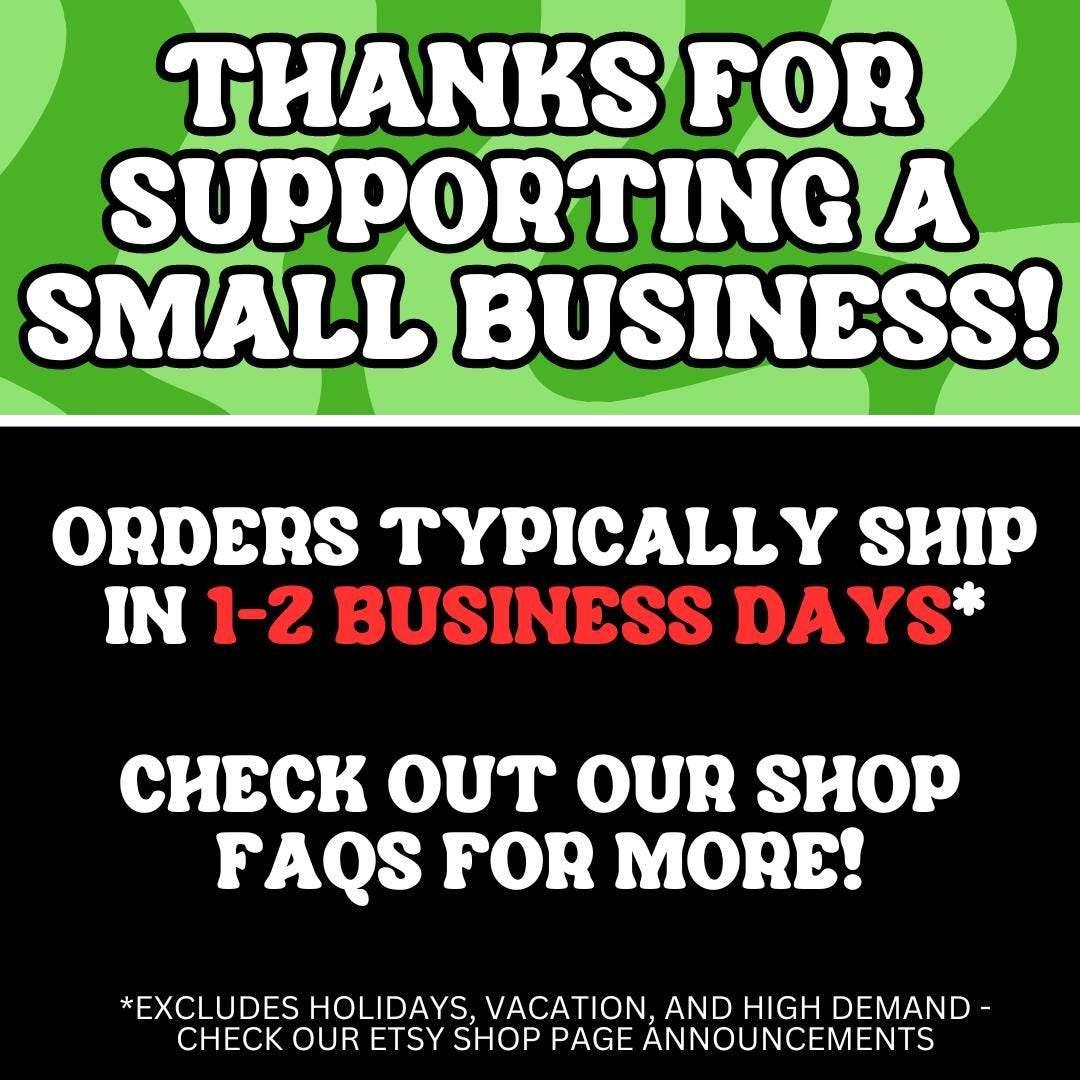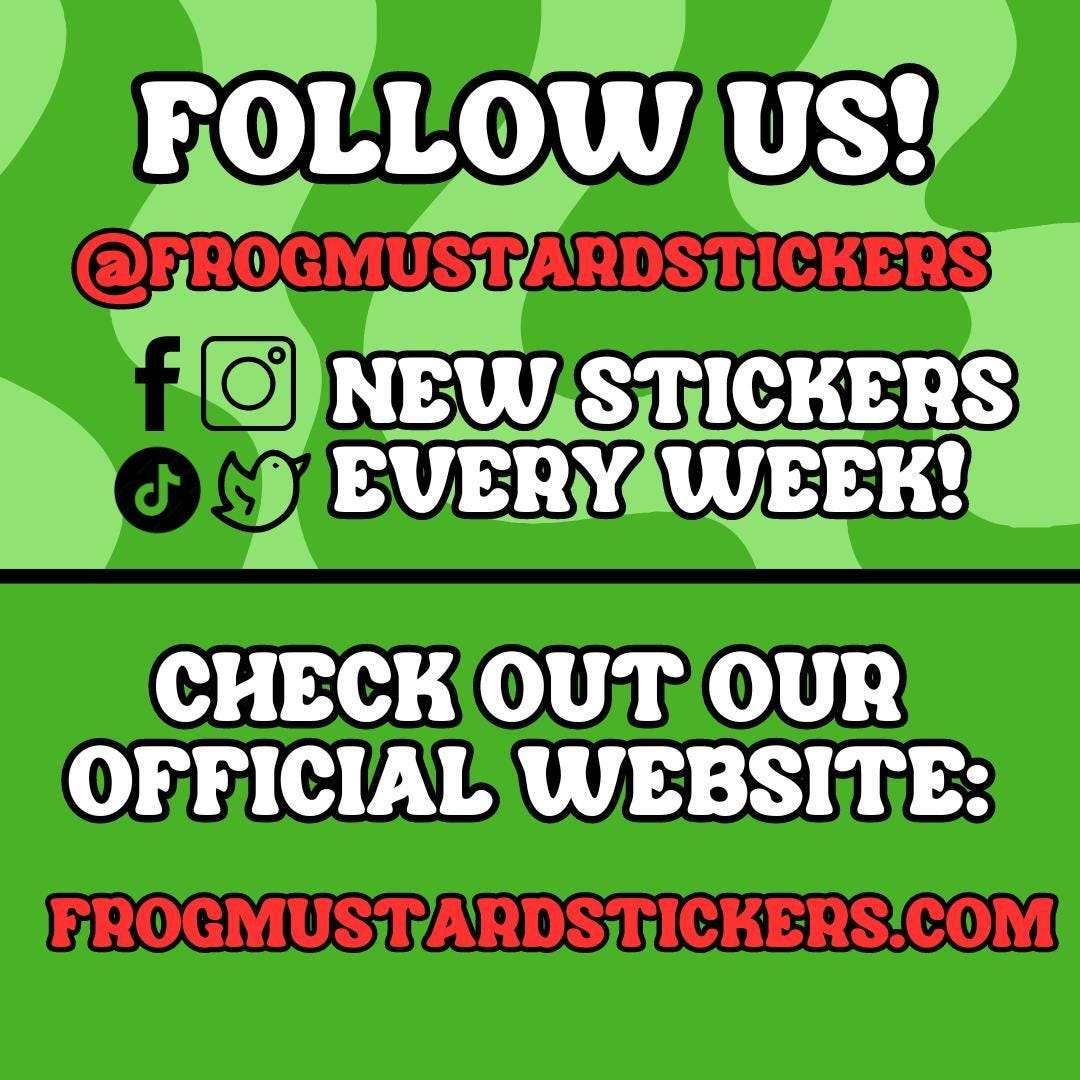Once advertising novelties, bumper stickers have morphed into bizarre, sticky reflections of who we are and what we believe. Over seventy years, they’ve gone from promoting roadside caves to broadcasting Internet in-jokes—mirroring society’s shifting moods in every sarcastic, silly, or heartfelt message.
From Souvenir to Social Statement: The Strange Journey of the Bumper Sticker
Long before “COEXIST” adorned a Prius or TikTok humor hit the highway, the humble bumper sticker started as a simple, sticky souvenir. Today, its evolution tracks America’s shifting sense of humor, tribal identities, and wild takes on everything from politics to pop culture.
1. Tourist Souvenir Origins: The Invention of the Car Sticker
The story begins in postwar America. The year was 1946. Forest P. Gill, a screen printer from Kansas City, combined self-adhesive paper with bright inks to create reusable slogans advertising tourist destinations like Lookout Mountain or Meramec Caverns.
- Early car stickers weren’t protest tools or ironic punchlines—they were moving billboards.
- “See Rock City” and similar slogans helped roadside attractions thrive as America hit the highway.
What does this reveal? Originally, stickers aimed to sell experiences and support local tourism—not stir up debate.
2. Protest on Four Wheels: The Explosive 1960s
The turbulence of the Vietnam War and the Civil Rights Movement catapulted bumper stickers into a new role: political activism on the go.
- Slogans like "Make Love Not War" and "Impeach Nixon" appeared everywhere.
- Cars became mobile platforms for dissent and persuasion—long before social media.
This shift transformed the car sticker from an advertising tool into a mechanism of mass protest and collective identity. As public discourse heated up, so did the messaging on rear bumpers.
3. 1980s–90s: Personalized Pride and Identity Wars
In the Reagan era and beyond, car stickers became badges of personal affiliation.
- “My Child Is an Honor Student at…” and “Proud Parent of a Marine” reflected the era’s focus on individual achievement and community.
- Alignments with schools, military, universities, and local clubs were everyday fare.
Stickers weren’t just political, but personal. Your car said you’re not just supporting a party—you’re repping your family, school district, or softball team.

4. “COEXIST” and the Era of Social Script Stickers
Around the early 2000s, a wave of “aspirational” or idealistic stickers took over—think “COEXIST,” “Peace,” and environmental calls-to-action.
- These widely duplicated stickers became a kind of social shorthand in affluent neighborhoods and university towns.
- The message was often less about personal conviction and more about signaling group values.
Ironically, as their popularity increased, the uniqueness of car stickers decreased—many cars sported the same few slogans and symbols.
5. Meme Culture Crashes the Party: Embracing the Absurd
The last decade ushered in what some call the “Chaos Era” for car stickers. Internet culture—especially memes, irony, and absurdist humor—found a new home on car bumpers.
- Popular examples: “Horse Denier; “Drywall Fears Me”; “Don't Honk I Will Cum”
- Humor got weirder, references got deeper, and attitude became king.
These irreverent stickers often make no sense out of context and proudly announce their online origins. The result? Strangers share a knowing smile—or a confused frown—at every stoplight.
6. Political Stickers Get Sharper and Meaner
While memes went wild, politically themed stickers didn’t fade away. Instead, they evolved with the times, reflecting increasing polarization.
- Research, such as a 2021 study in the Journal of Language and Politics, confirms messages have grown more pointed and divisive.
- Slogans have shifted from “Bush/Cheney '04” to sharper jabs like “Let’s Go Brandon.”
Car bumpers have become battlegrounds for identity and ideology—sometimes more aggressive, sometimes slyly coded.
7. “Student Driver” Stickers: Sympathy, Safety, and Sarcasm
Recently, an odd trend has emerged: drivers who aren’t actually learners slapping “Student Driver” stickers on their cars.
- On TikTok and Reddit, users call these the “real-life invisibility cloak” for keeping away tailgaters and critics.
- Sometimes it’s earnest (“Please go easy, I’m anxious!”), but often it’s pure, self-aware humor.
The trend speaks to savvy social navigation—using a strategy to tweak driving etiquette, or to poke fun at oneself in traffic.
8. Accessibility Unleashes Infinite Weirdness
Custom printing platforms changed the sticker game forever.
- Platforms like Redbubble and Etsy let anyone design their own weird, hyper-specific bumper stickers.
- Instead of a mass-produced “I’d Rather Be Fishing,” you can now display “Hot Single Milfs Fear My Civic” or inside-joke references.
This democratization means a truly unique bumper sticker can be delivered to your mailbox in days—sparking personalized comedy, in-group language, and hyper-local identity everywhere you go.
9. Bumper Stickers Go Viral: Performance Art for the Internet Generation
What used to be a nod or glare in traffic is now fuel for viral social media content. Bumper stickers are just as likely to end up on TikTok, Instagram, or Threads as they are to be noticed in the wild.
- Some cars become rolling galleries, covered in dozens of chaotic, layered slogans.
- A single Instagram post of a strange sticker might be shared thousands of times—turning a commute into content.
These stickers appeal to community, spark jokes, and invite conversations well beyond the highway.
What Modern Bumper Stickers Reveal About Us
Looking at their strange evolution, it’s clear bumper stickers are more than adhesive décor. They’re honest, funny, sometimes weird mirrors of society’s obsessions and anxieties.
- Today’s bumper stickers reveal not just politics or pride, but also our corners of the internet—Reddit humor, TikTok trends, and niche communities.
- They’re hyper-personal, self-aware, and shaped by the urgent desire for individuality in a cut-and-paste world.
Conclusion
Bumper stickers have grown from roadside billboards to surreal snapshots of collective identity in the digital age. Whether you want to provoke a laugh, share your tribe, or simply baffle passing drivers, the right sticker guarantees a double take—on the road and online.
Want the wildest, funniest bumper stickers people actually notice? Explore what’s trending at Frog Mustard and make your commute unforgettable.
